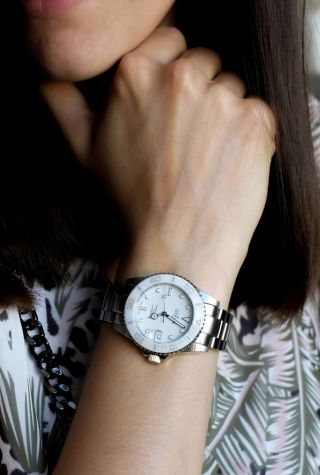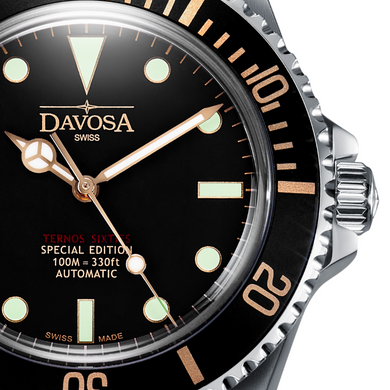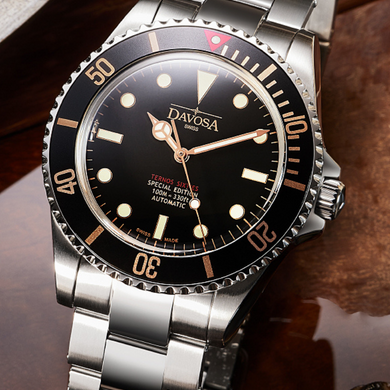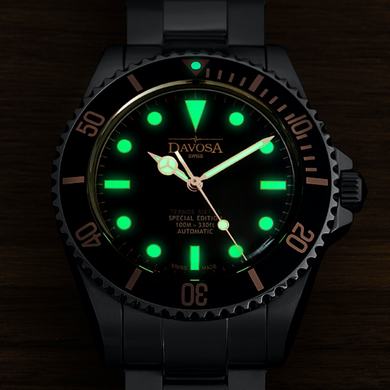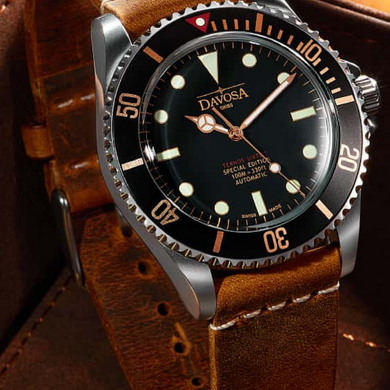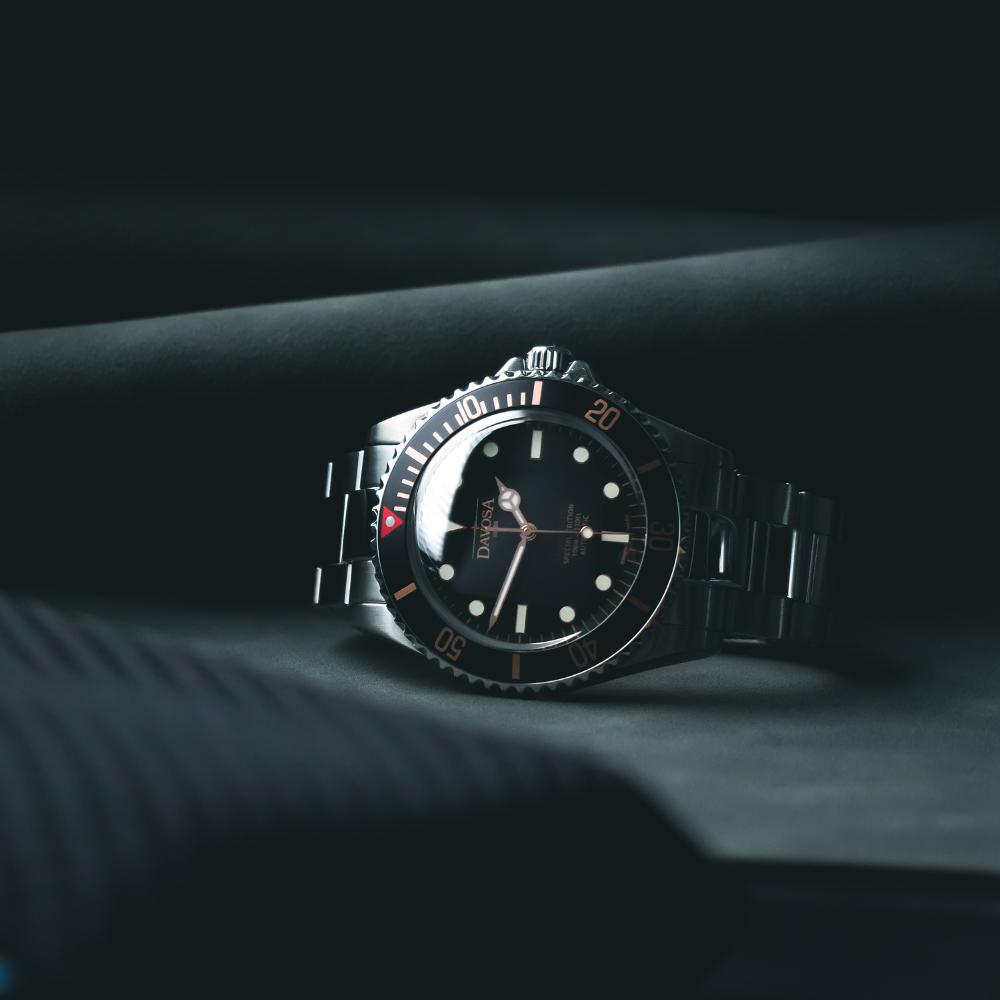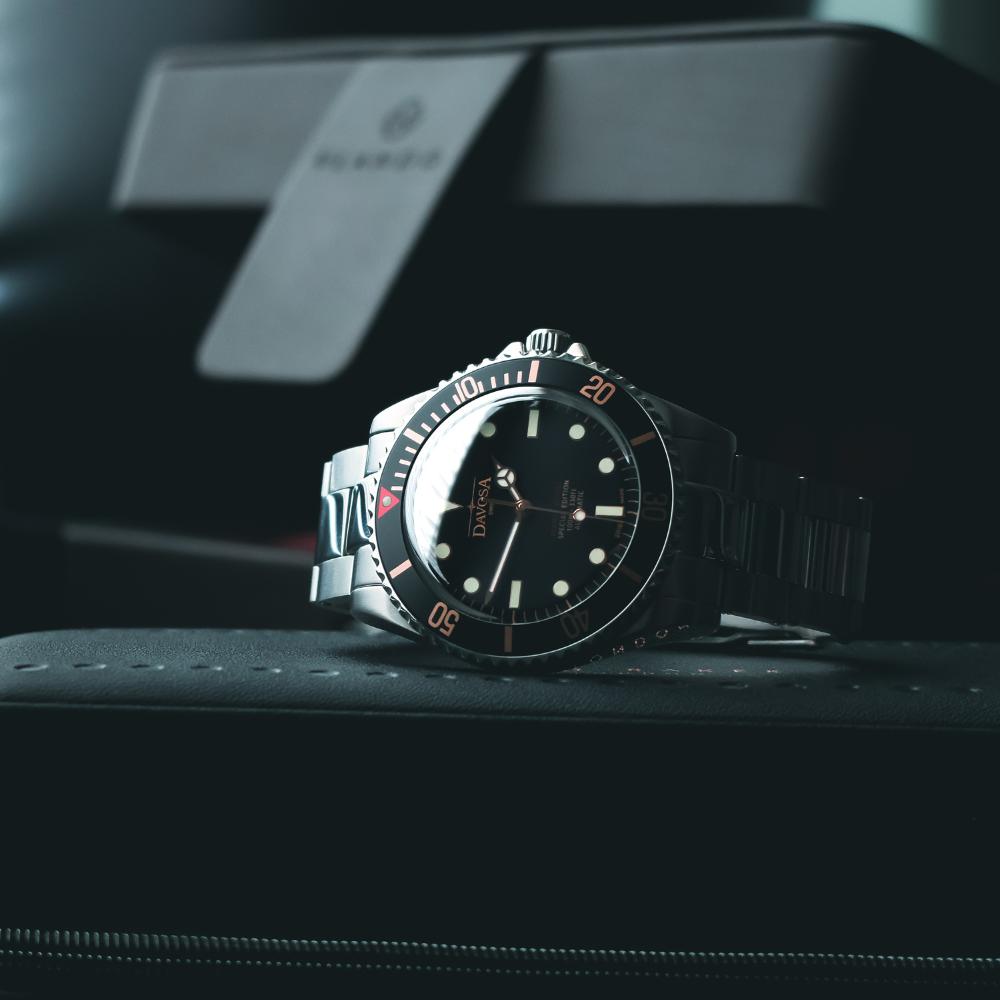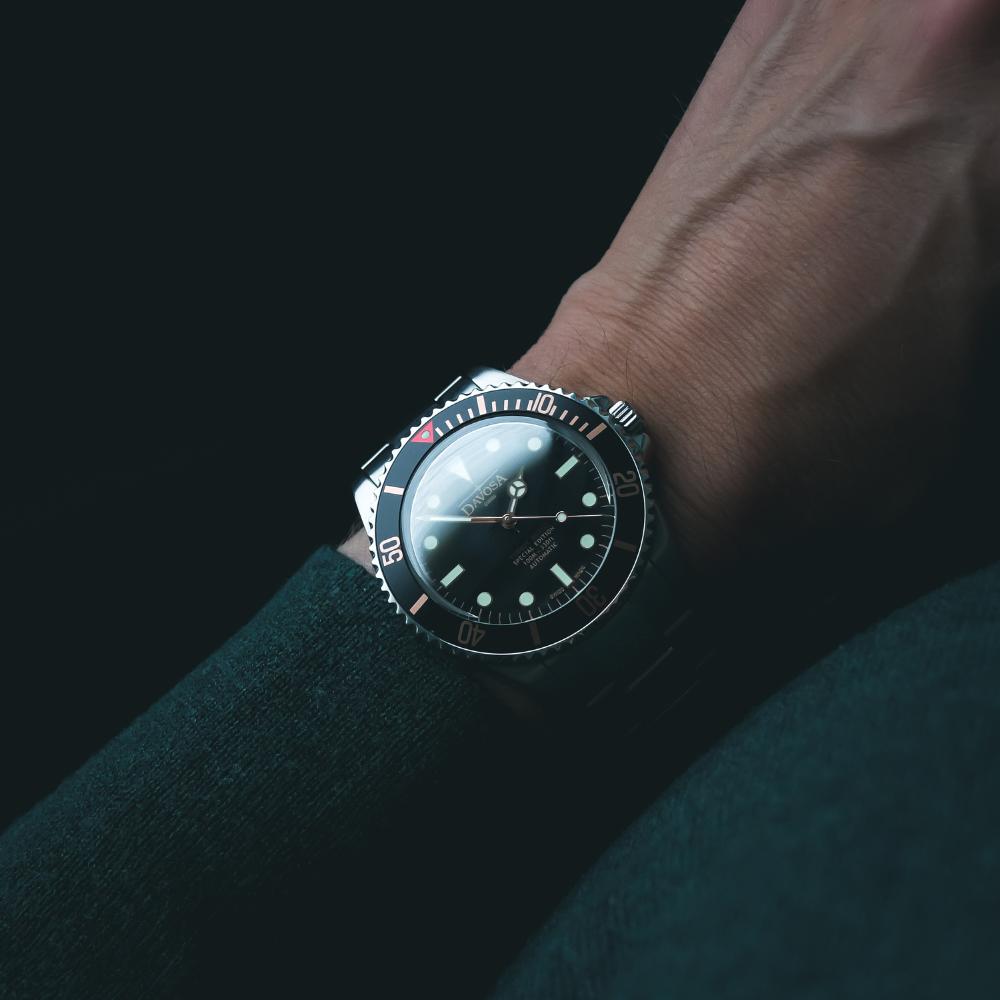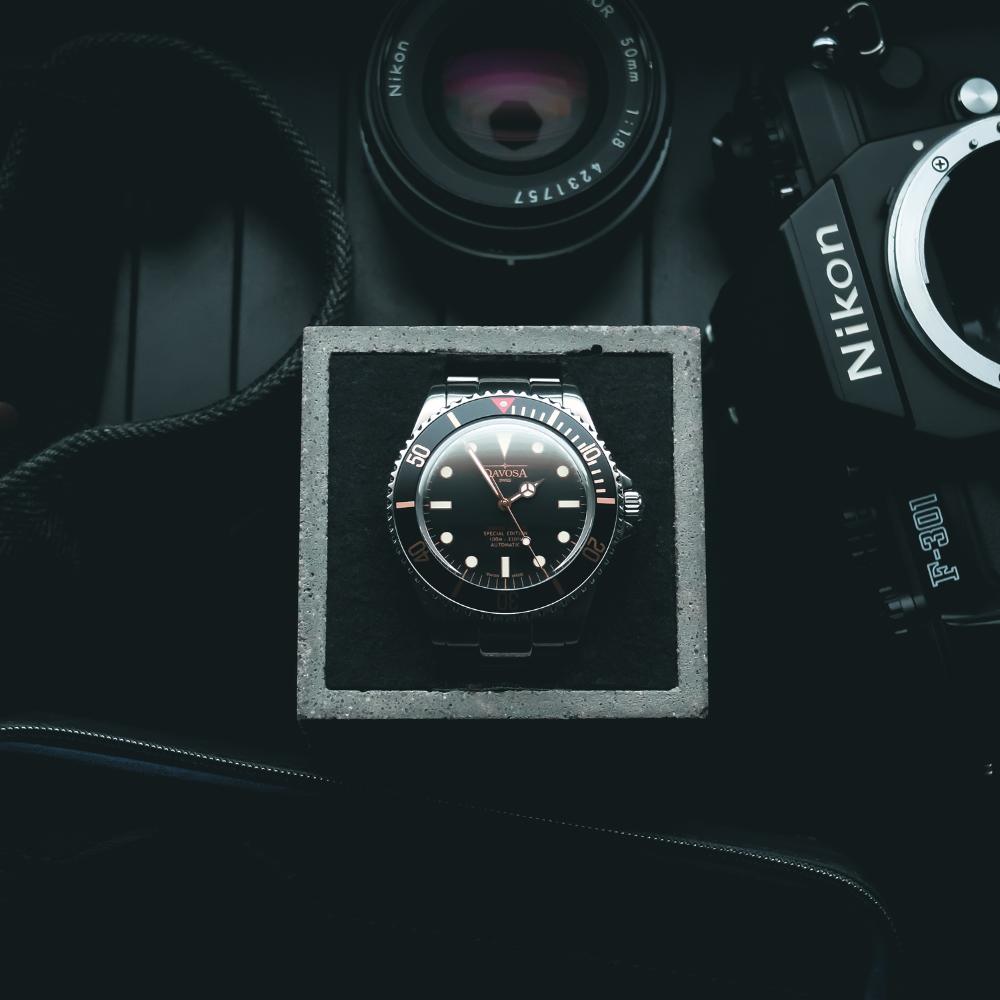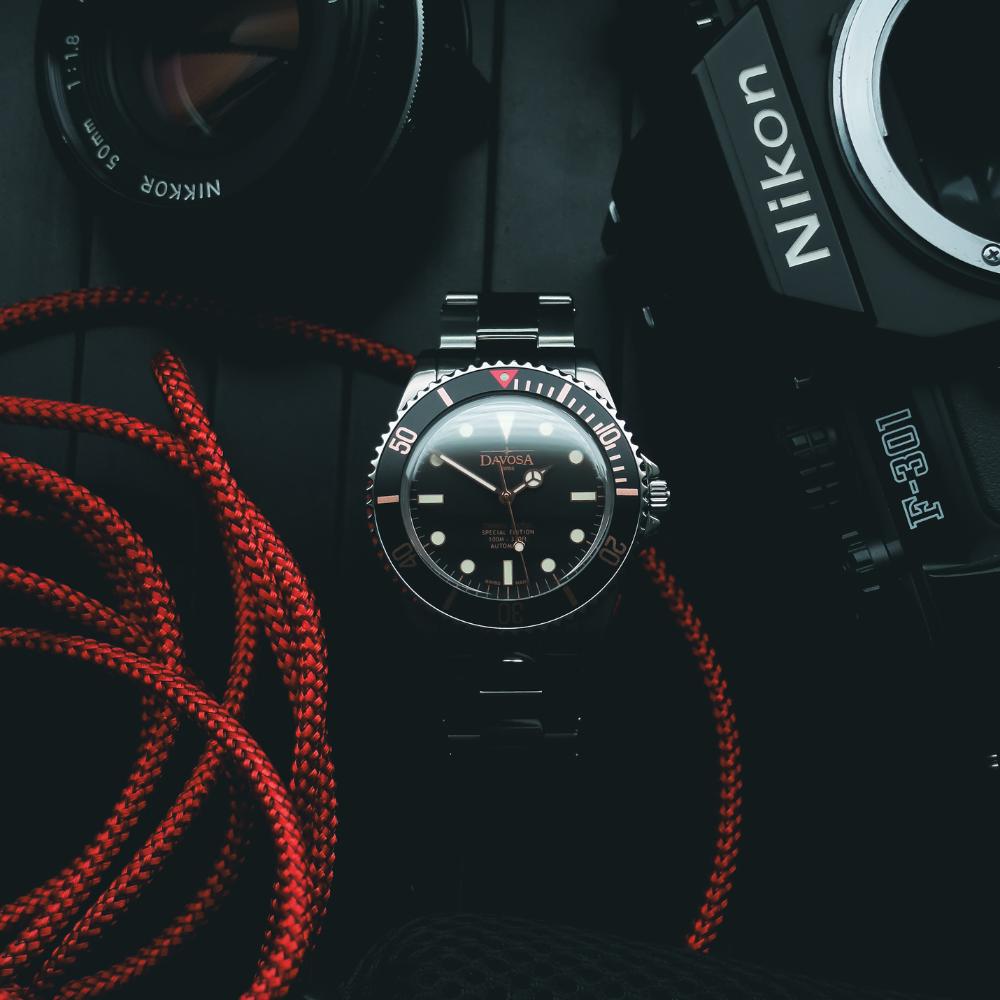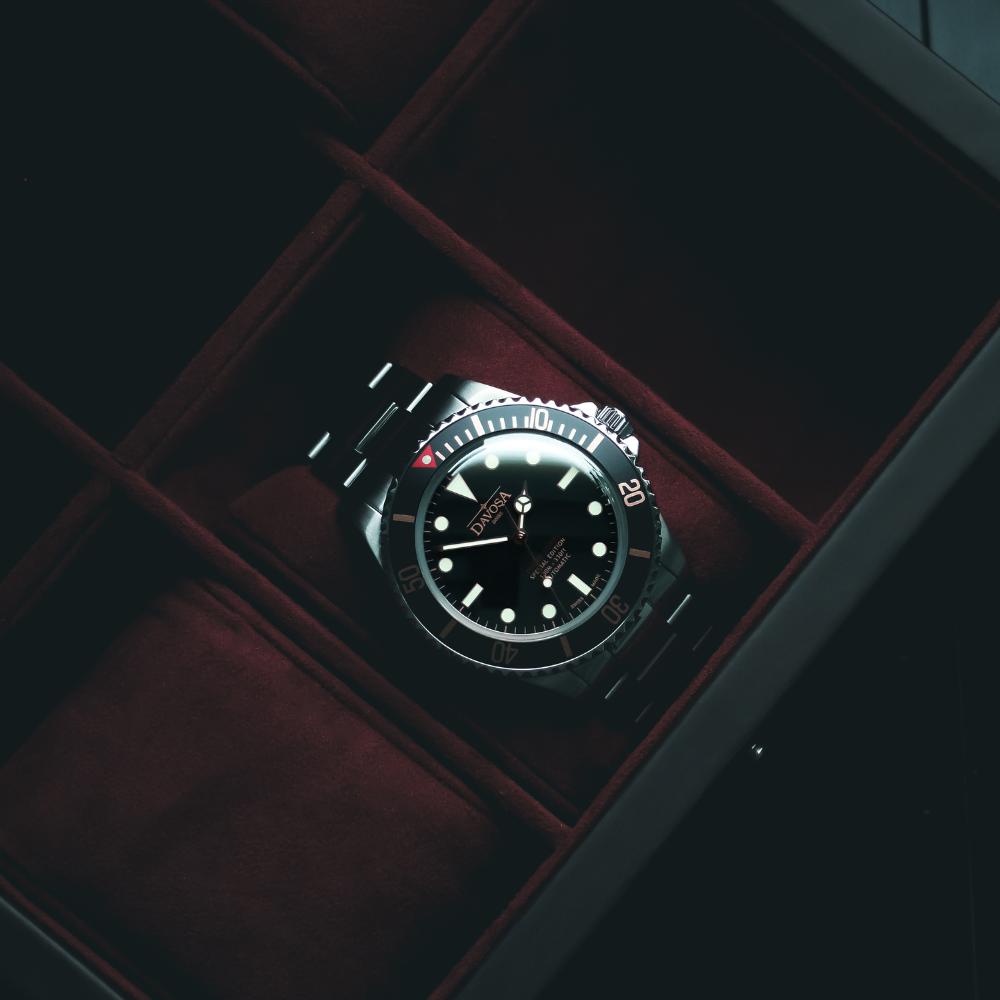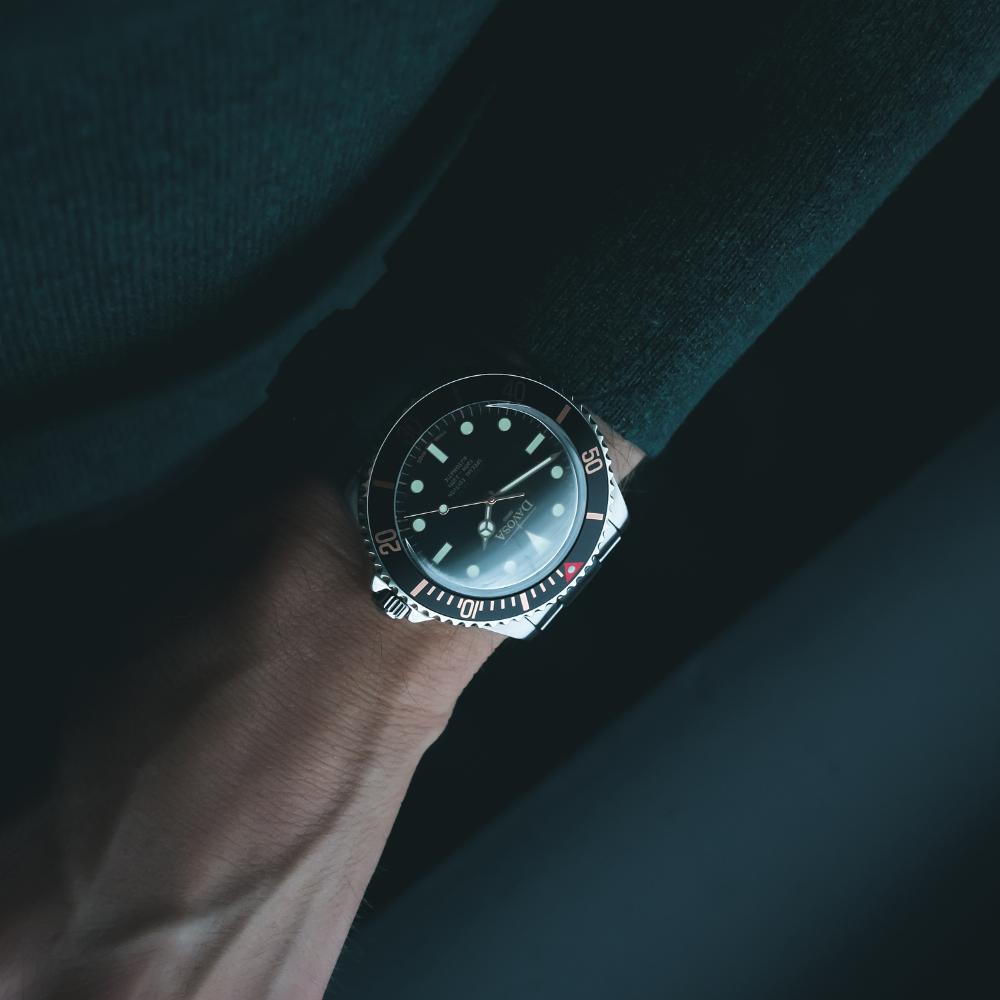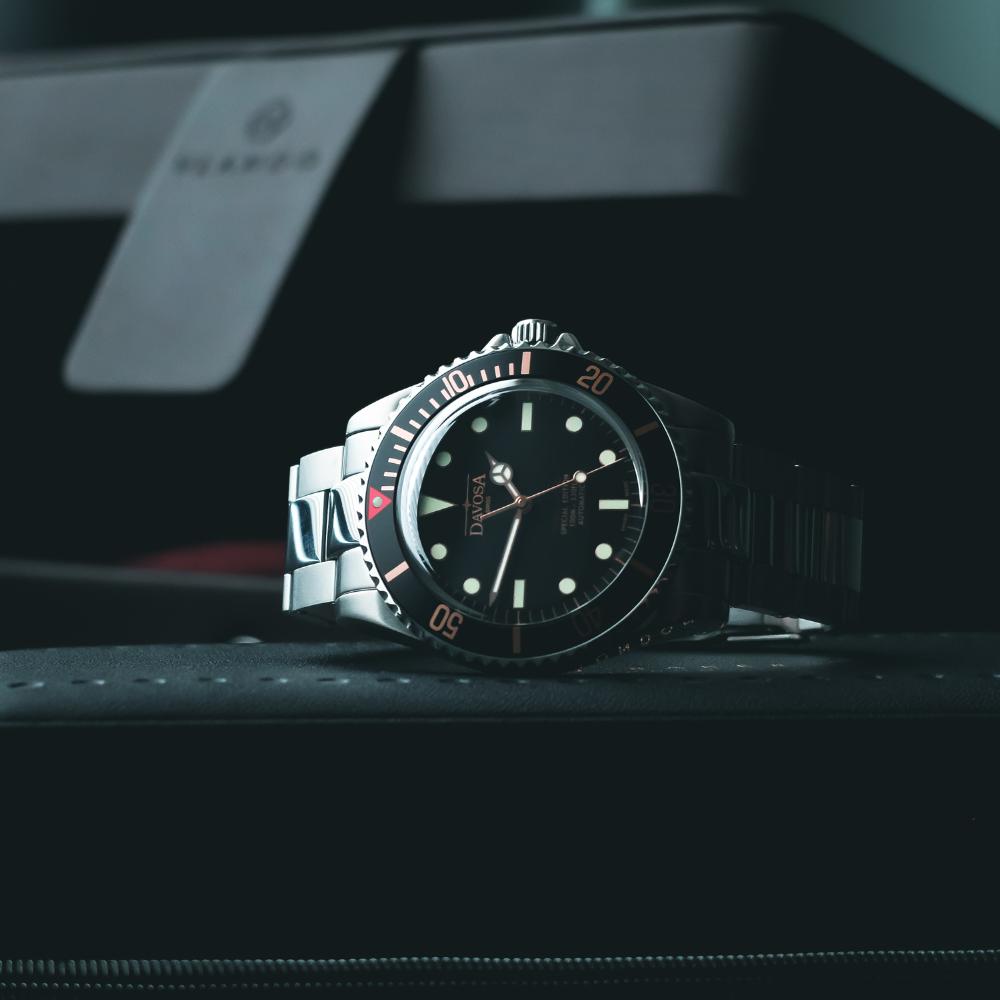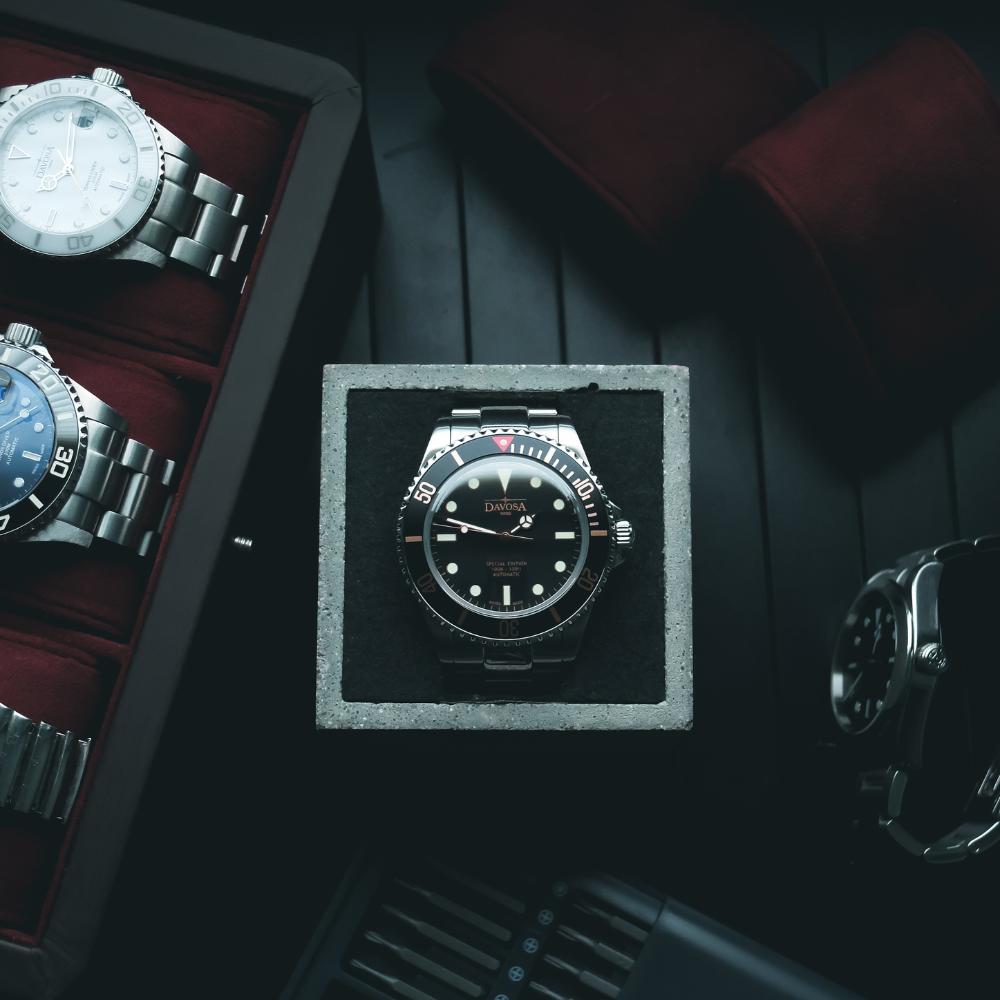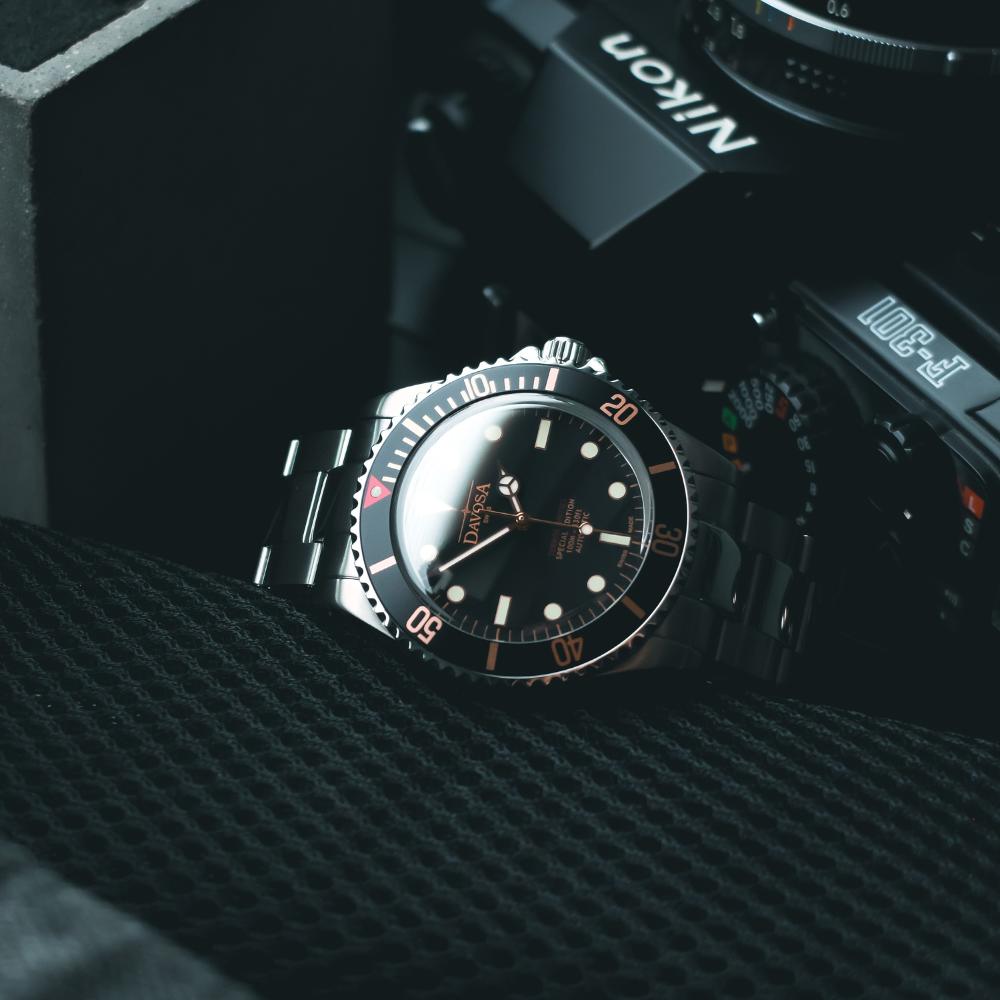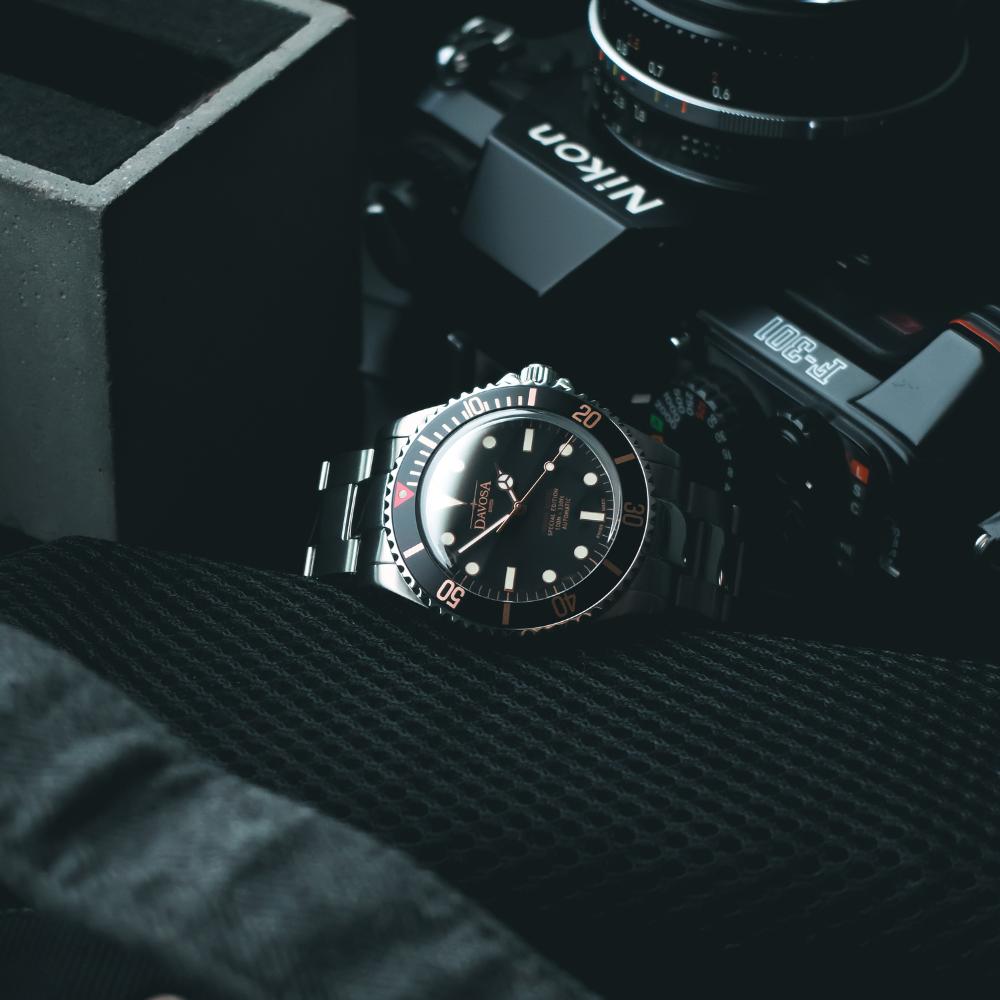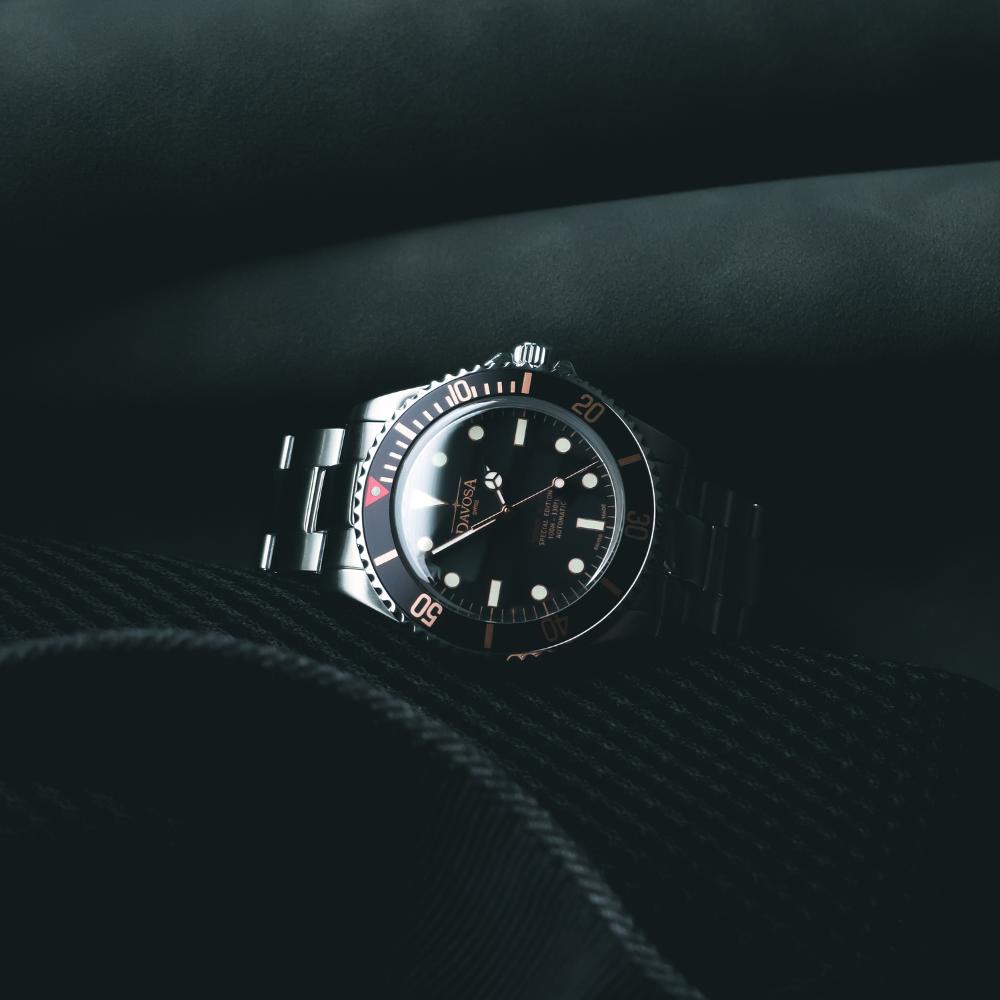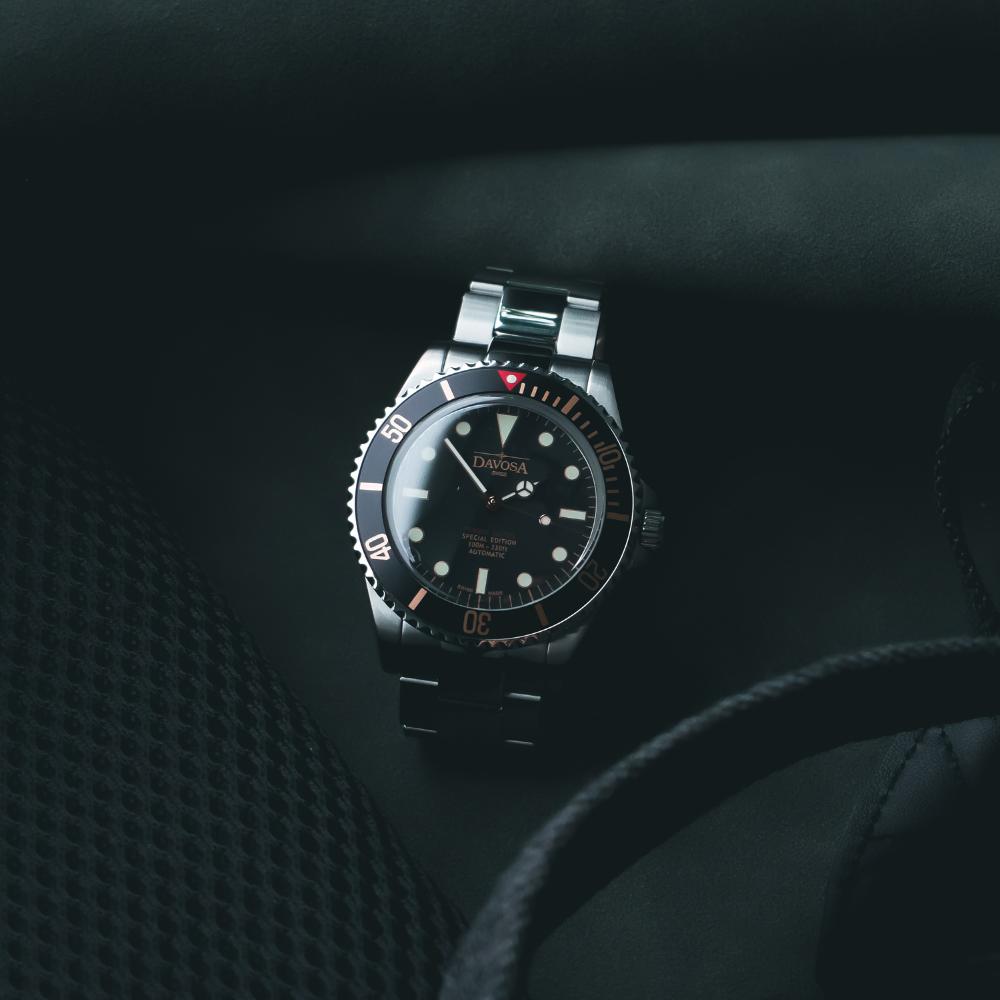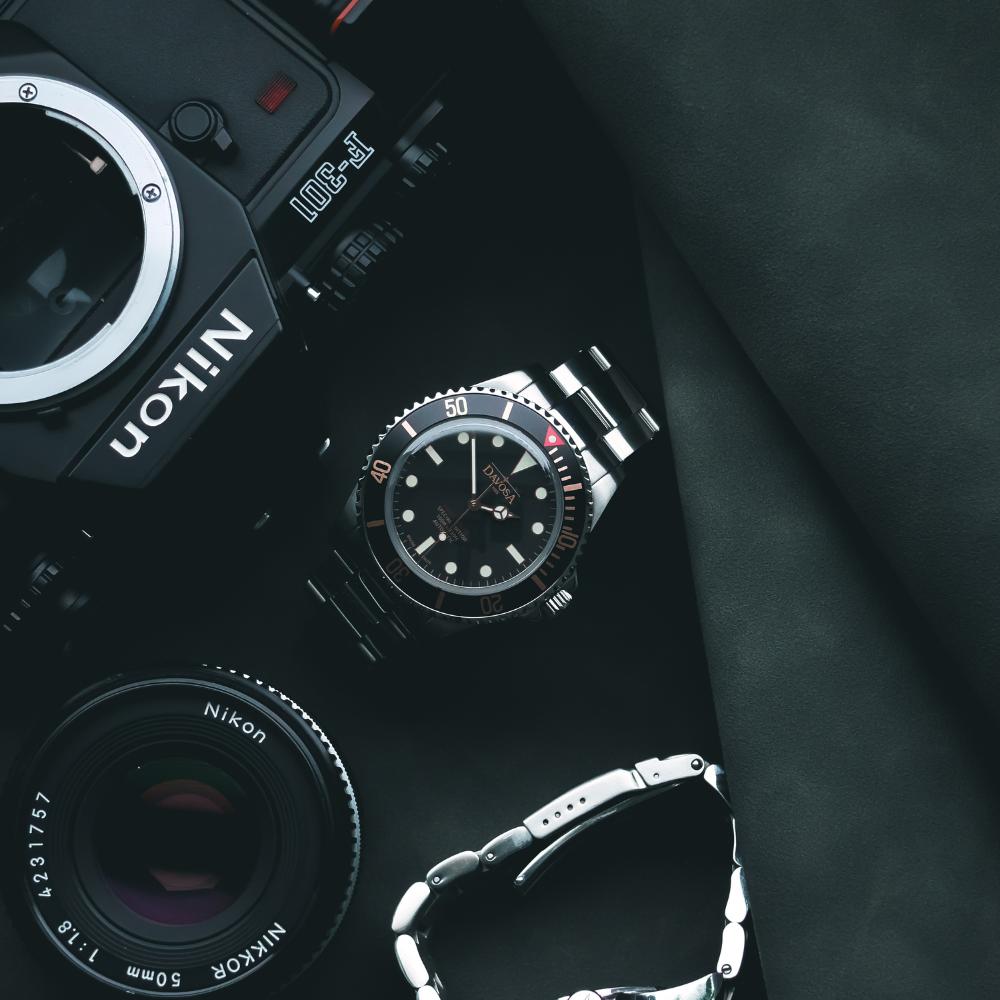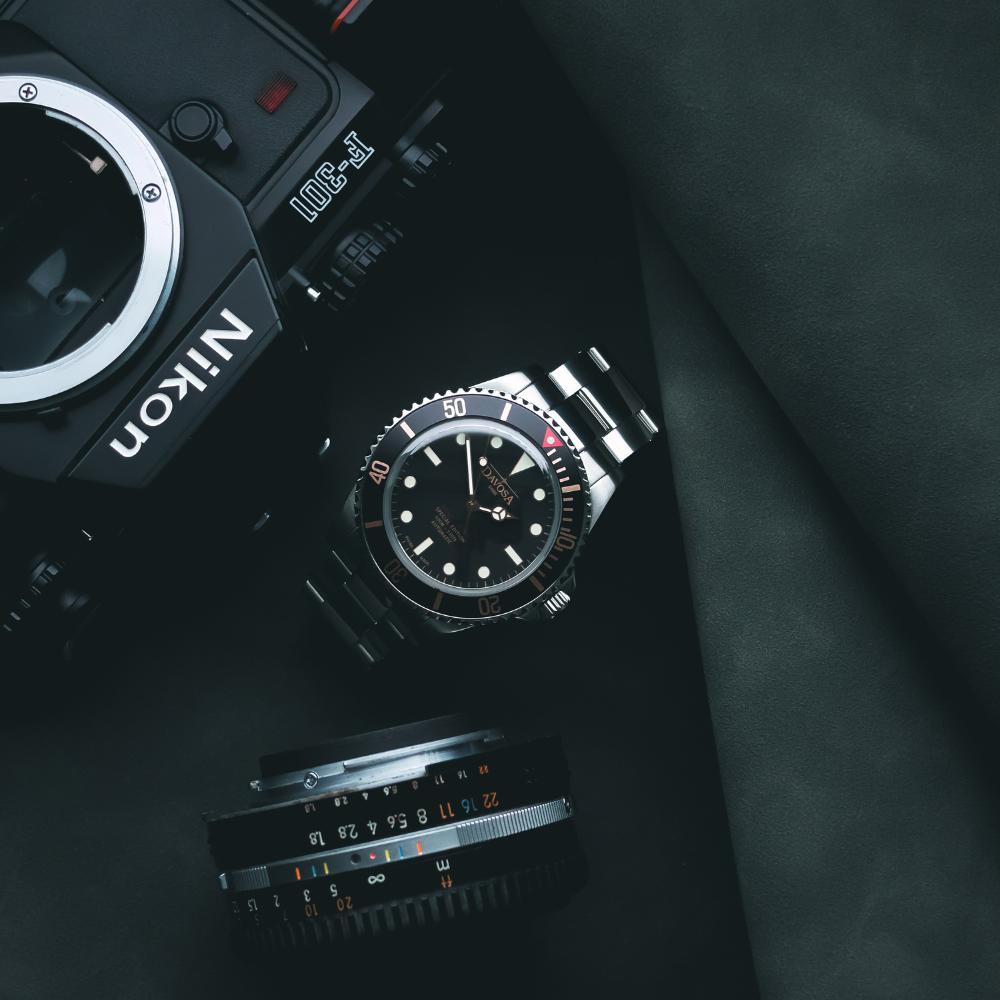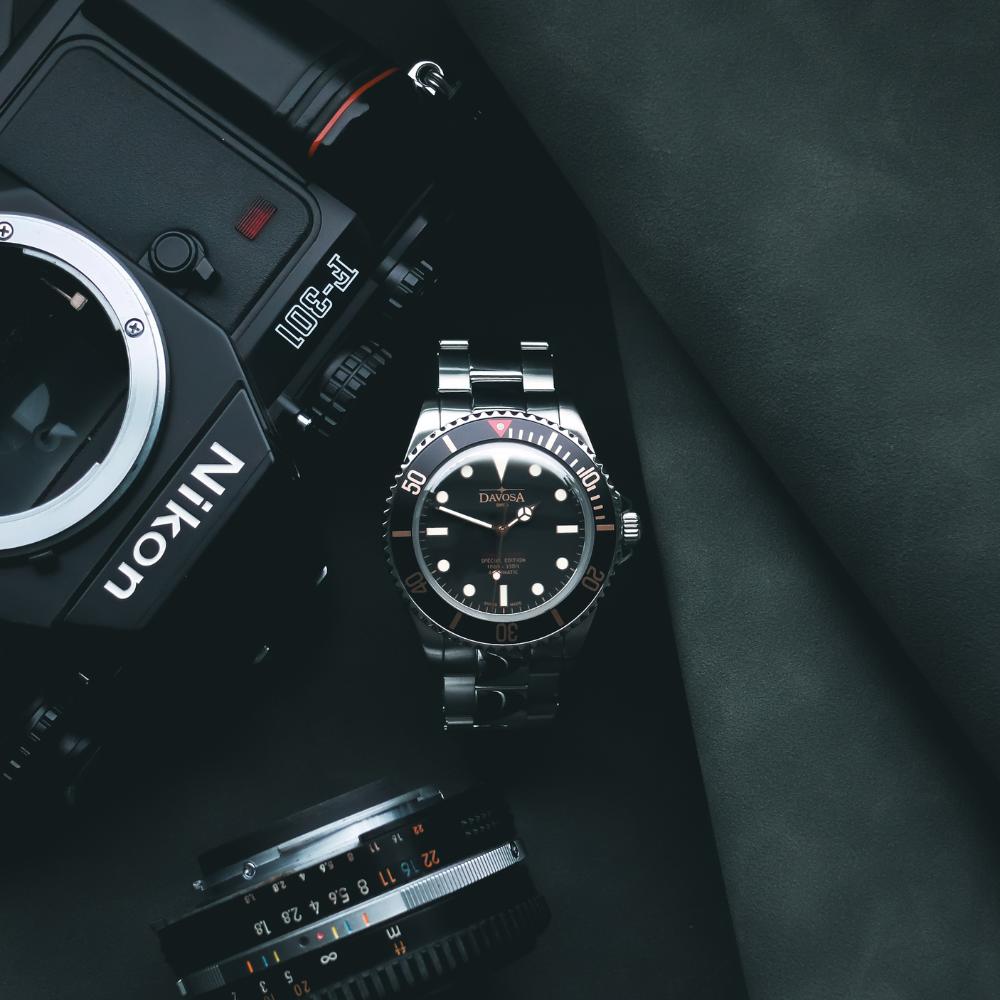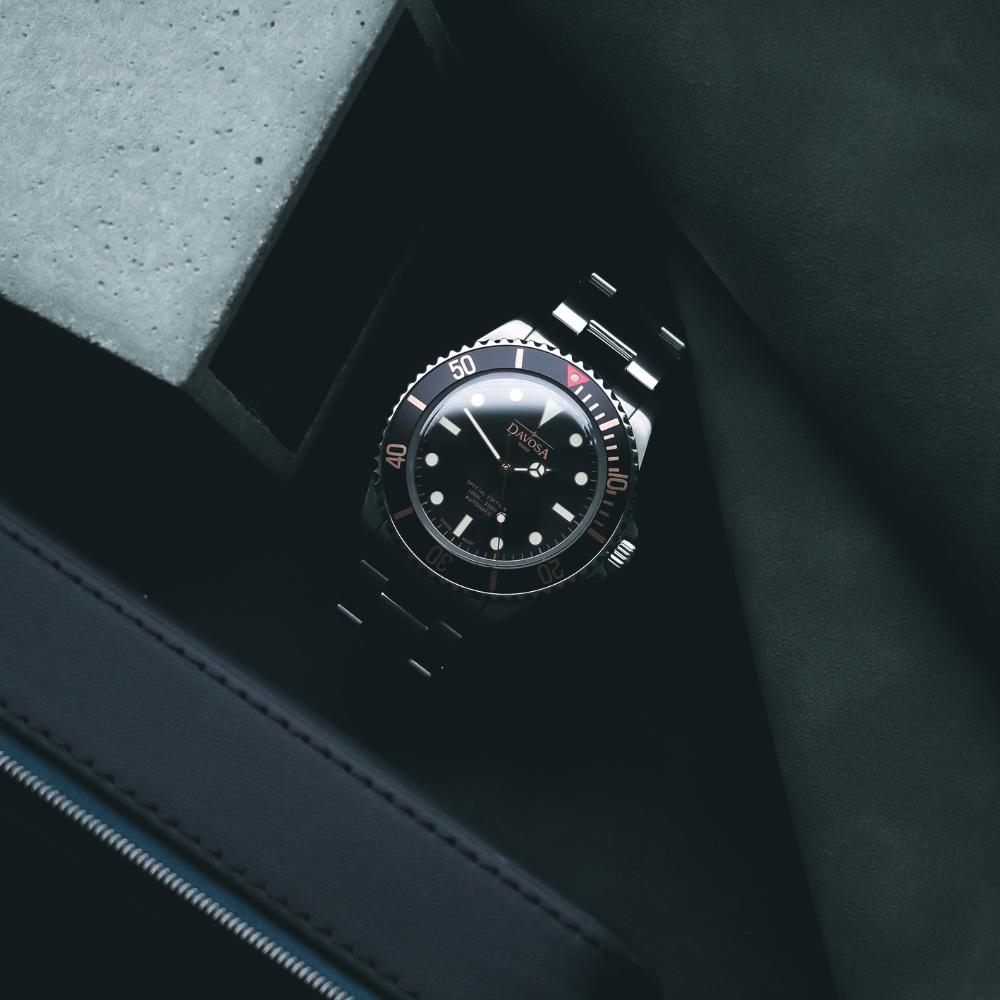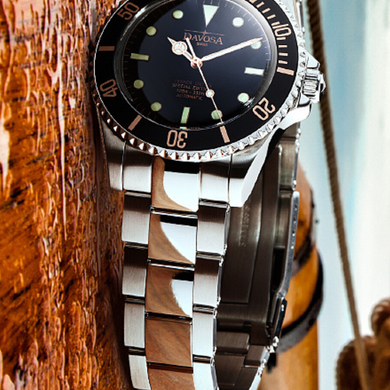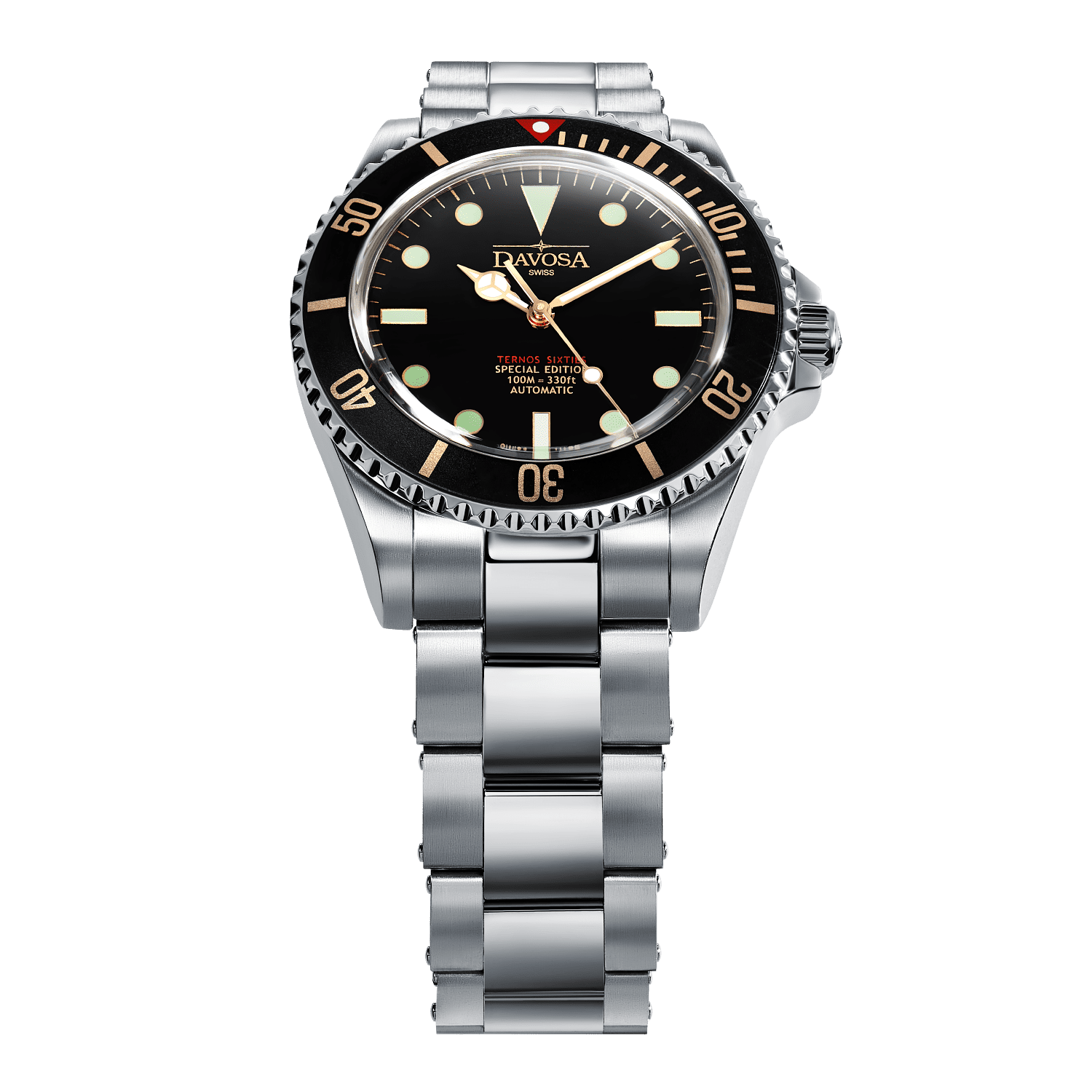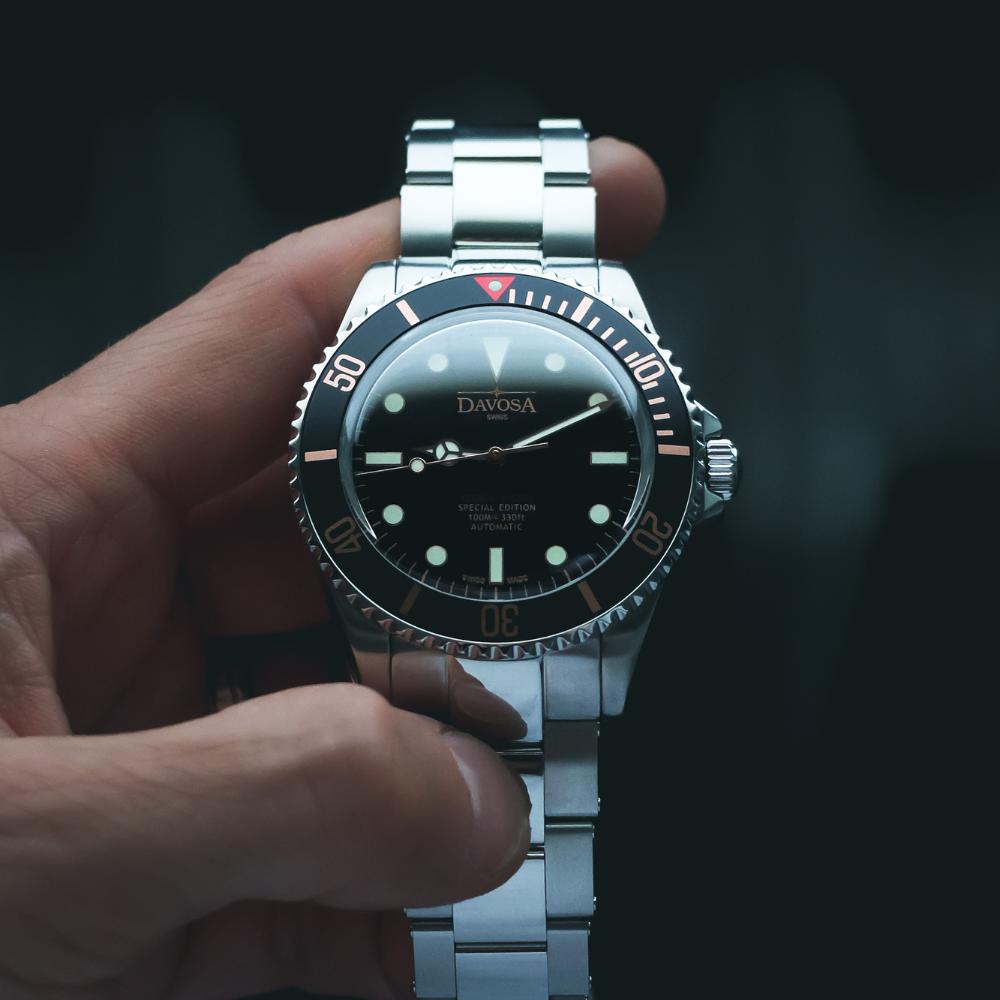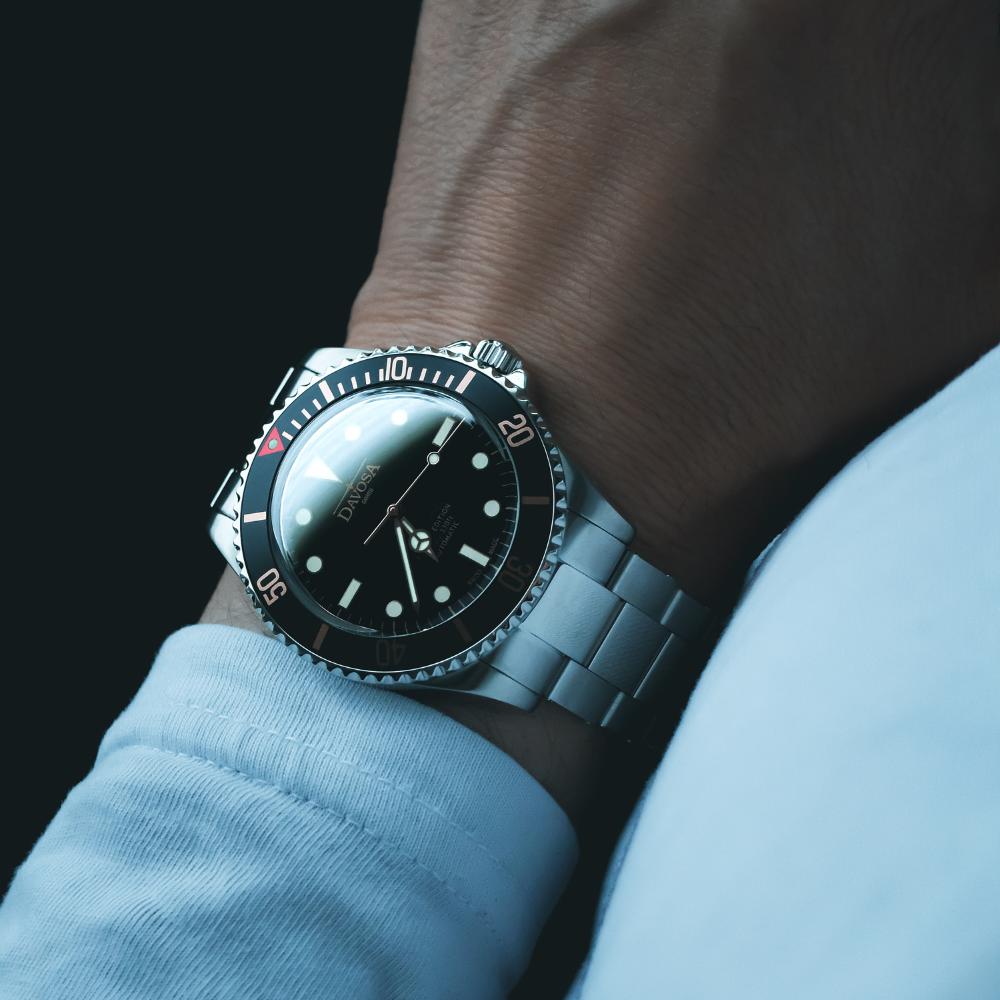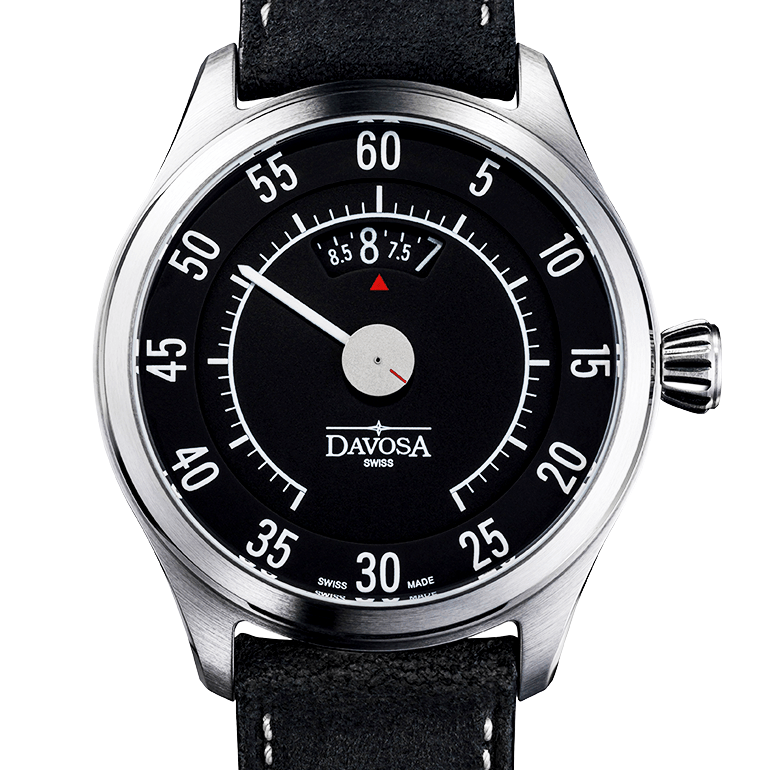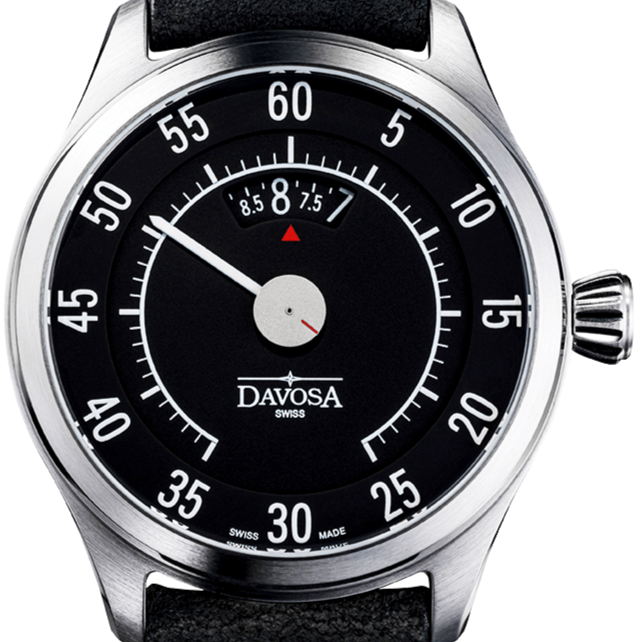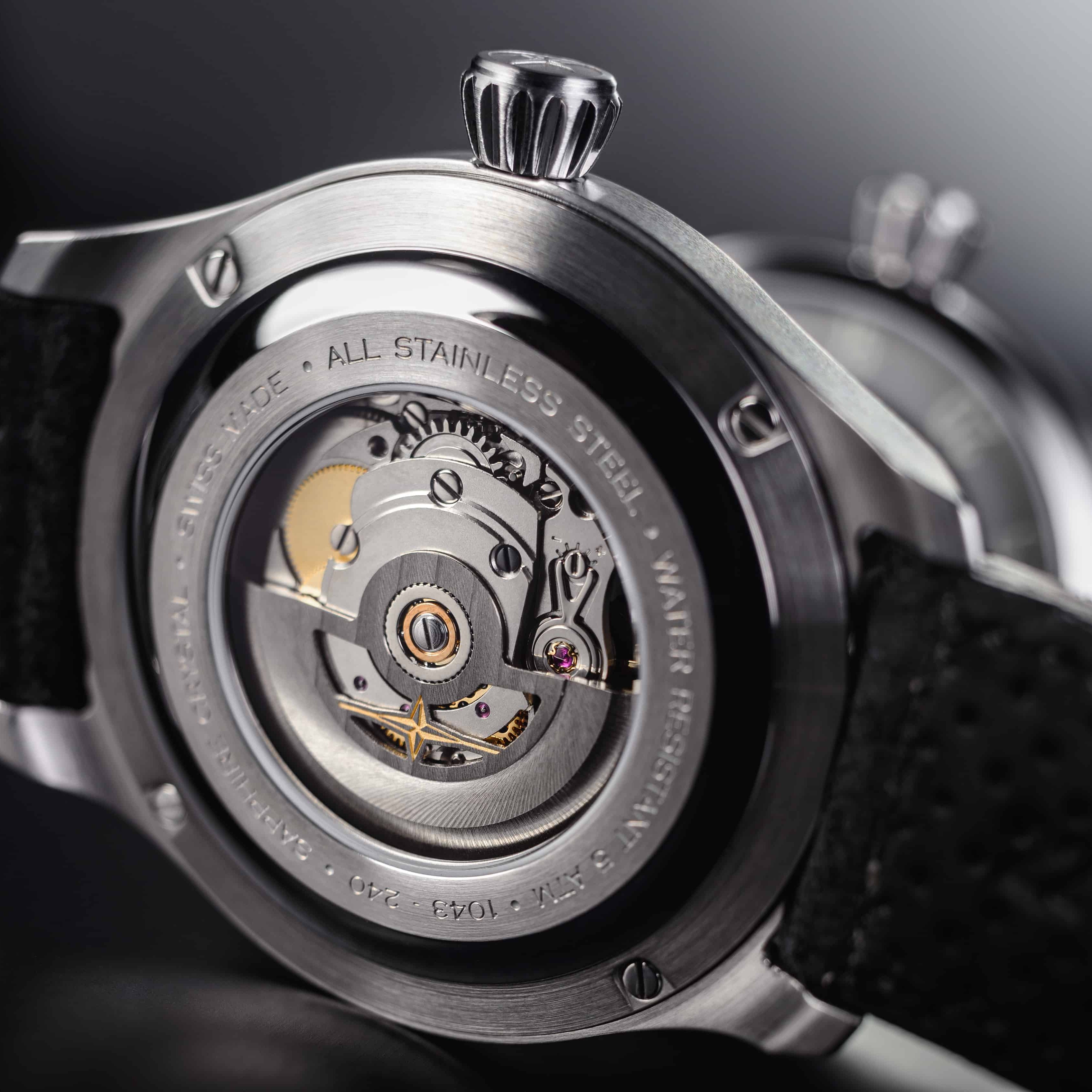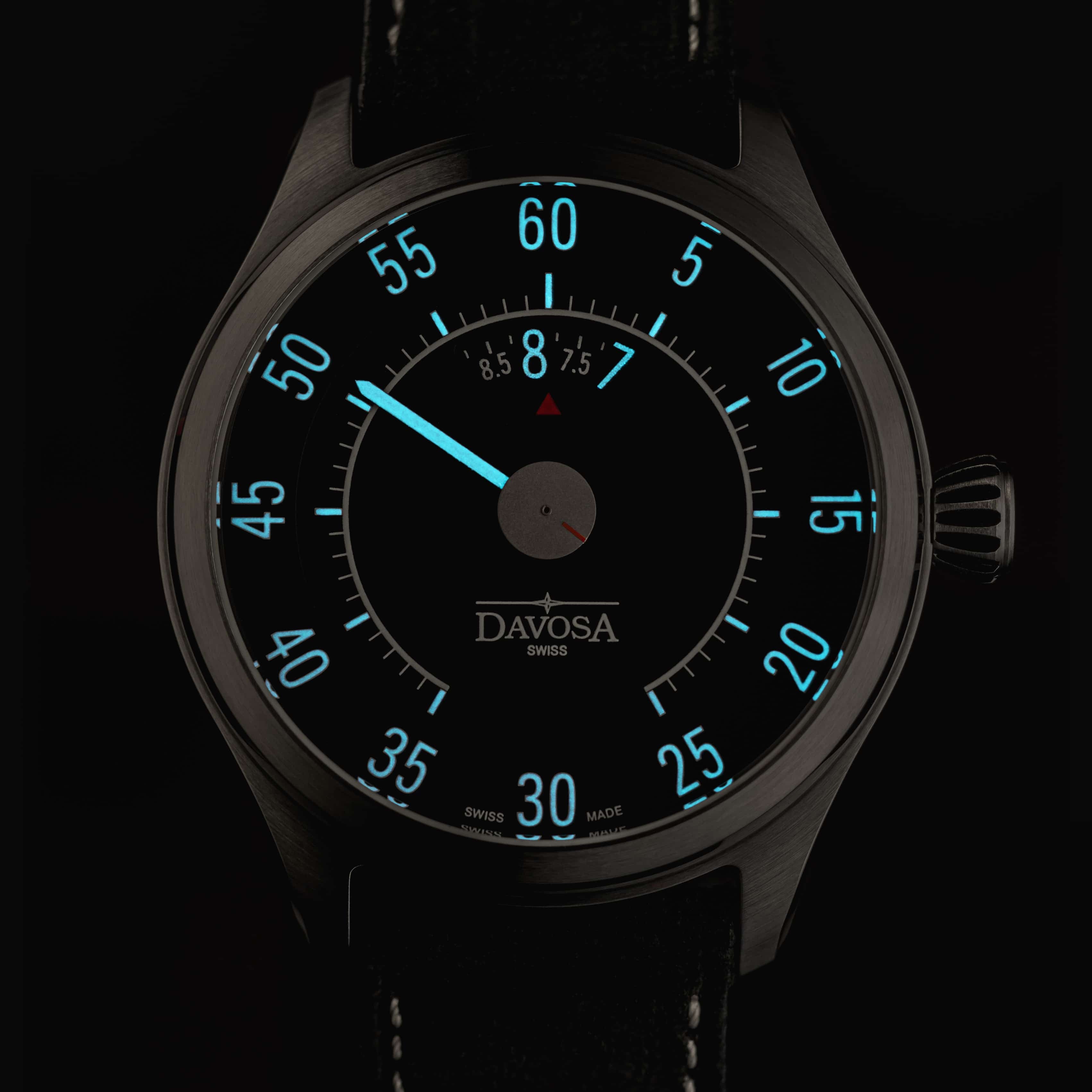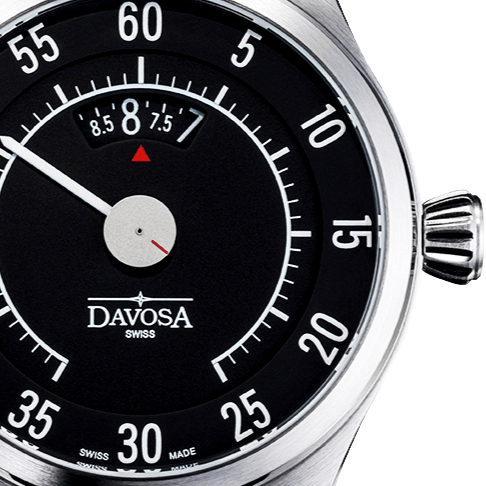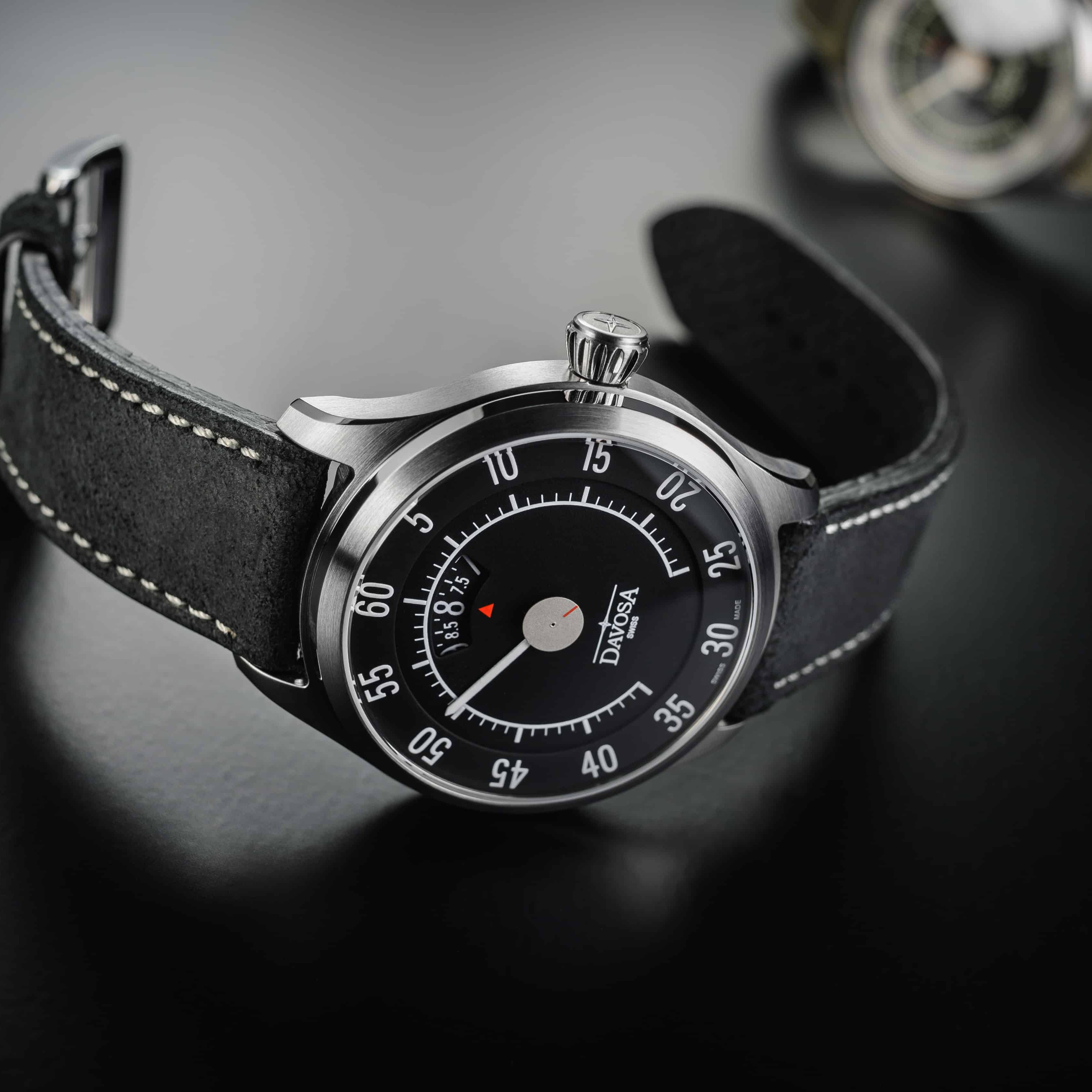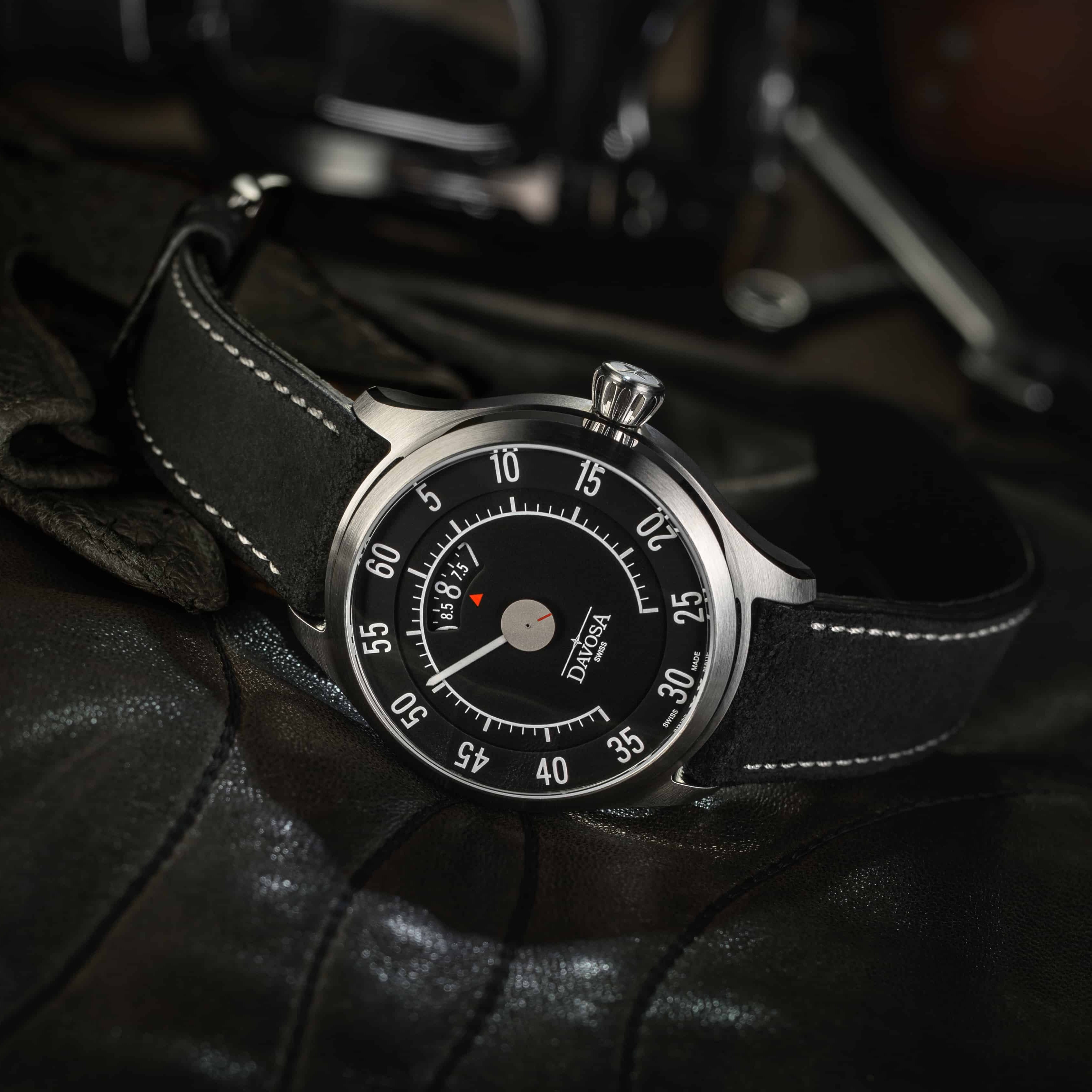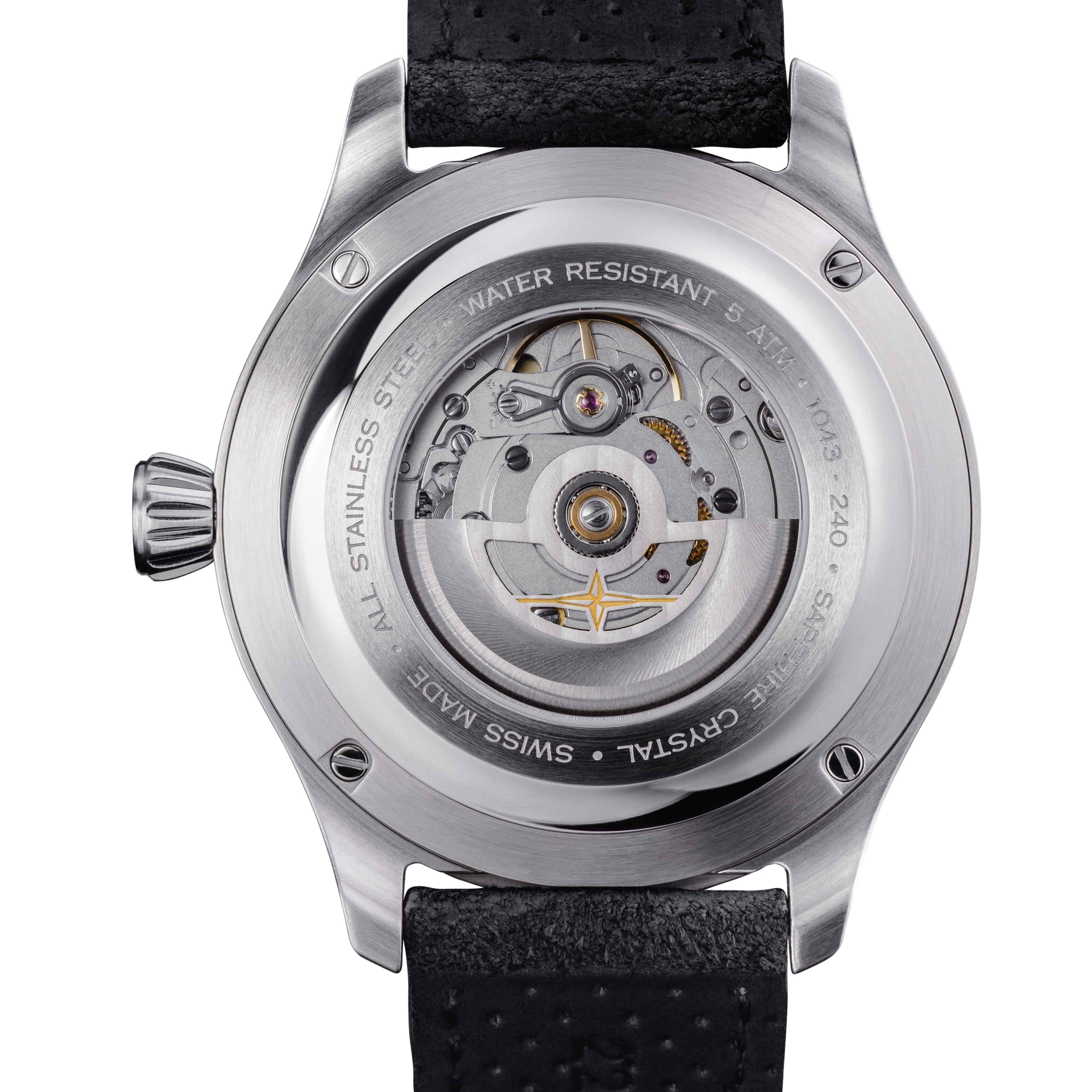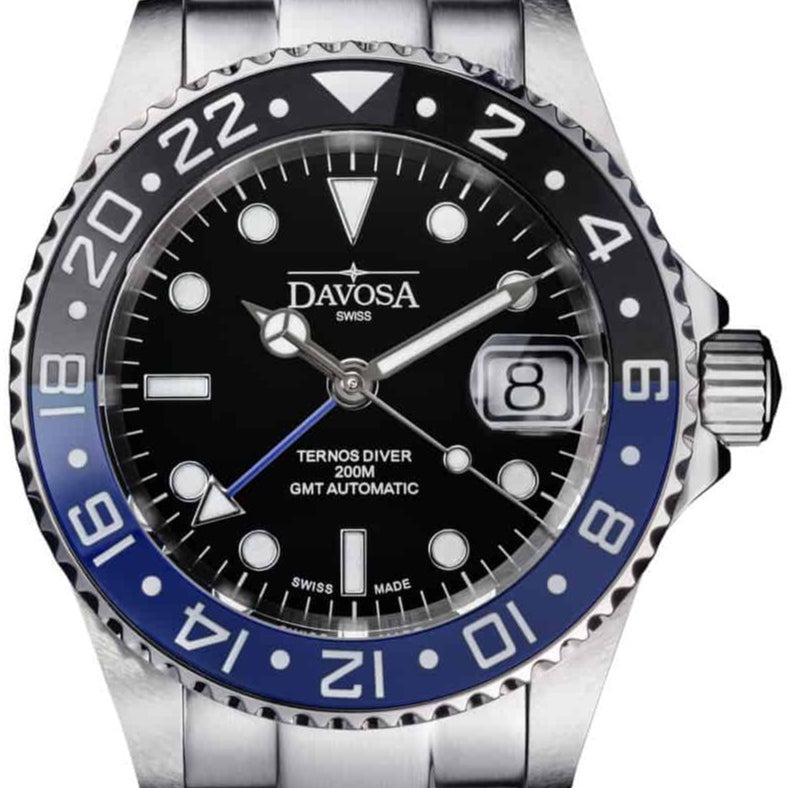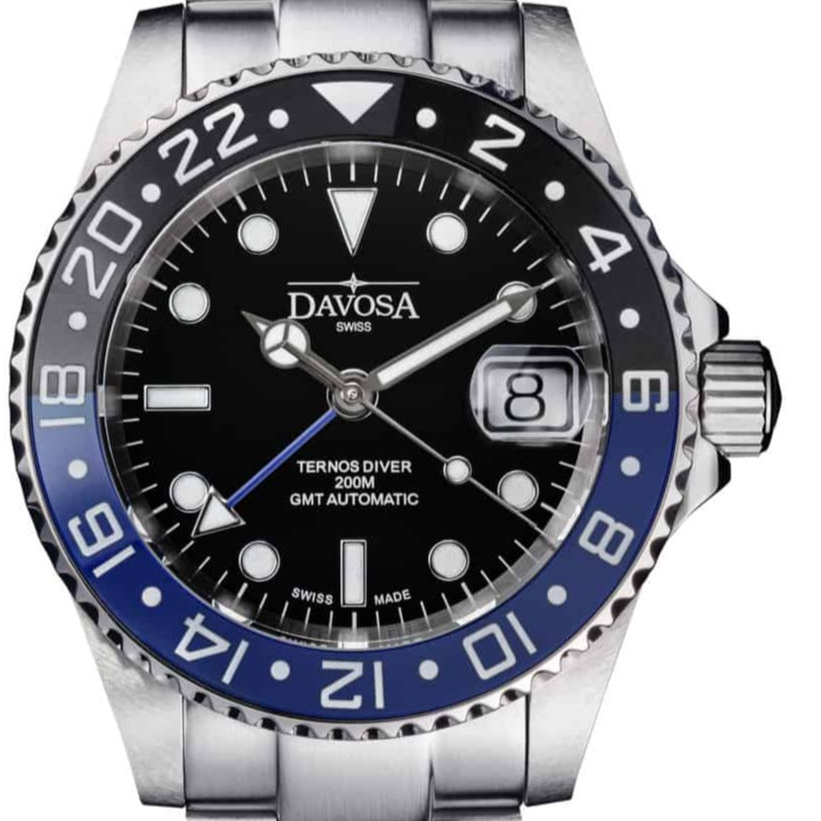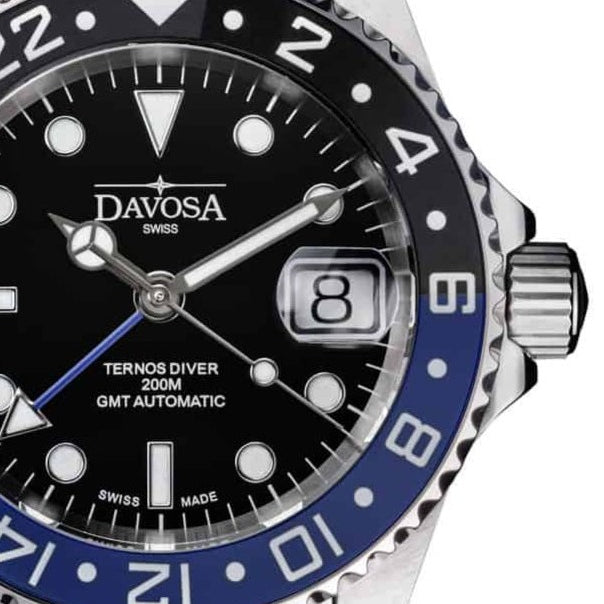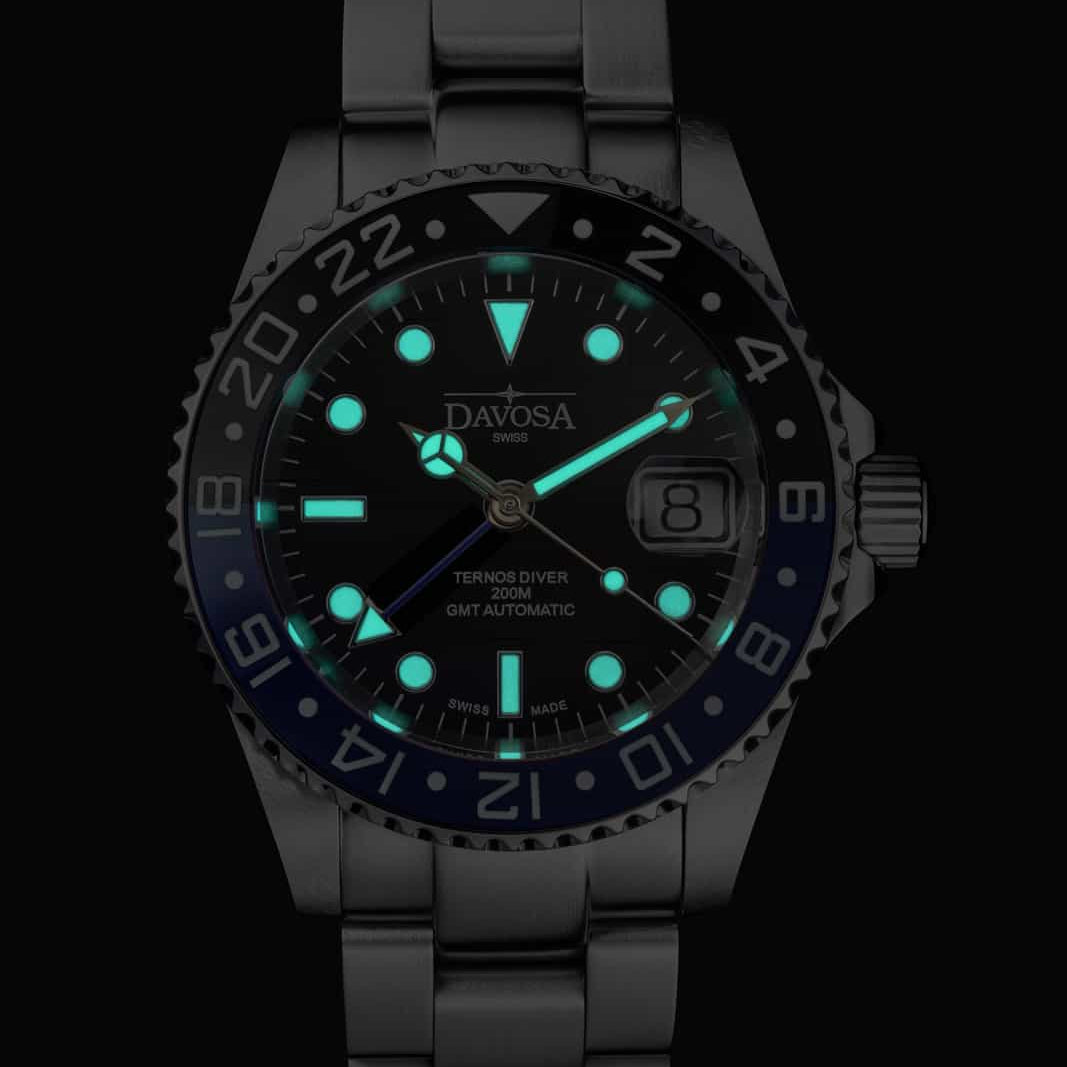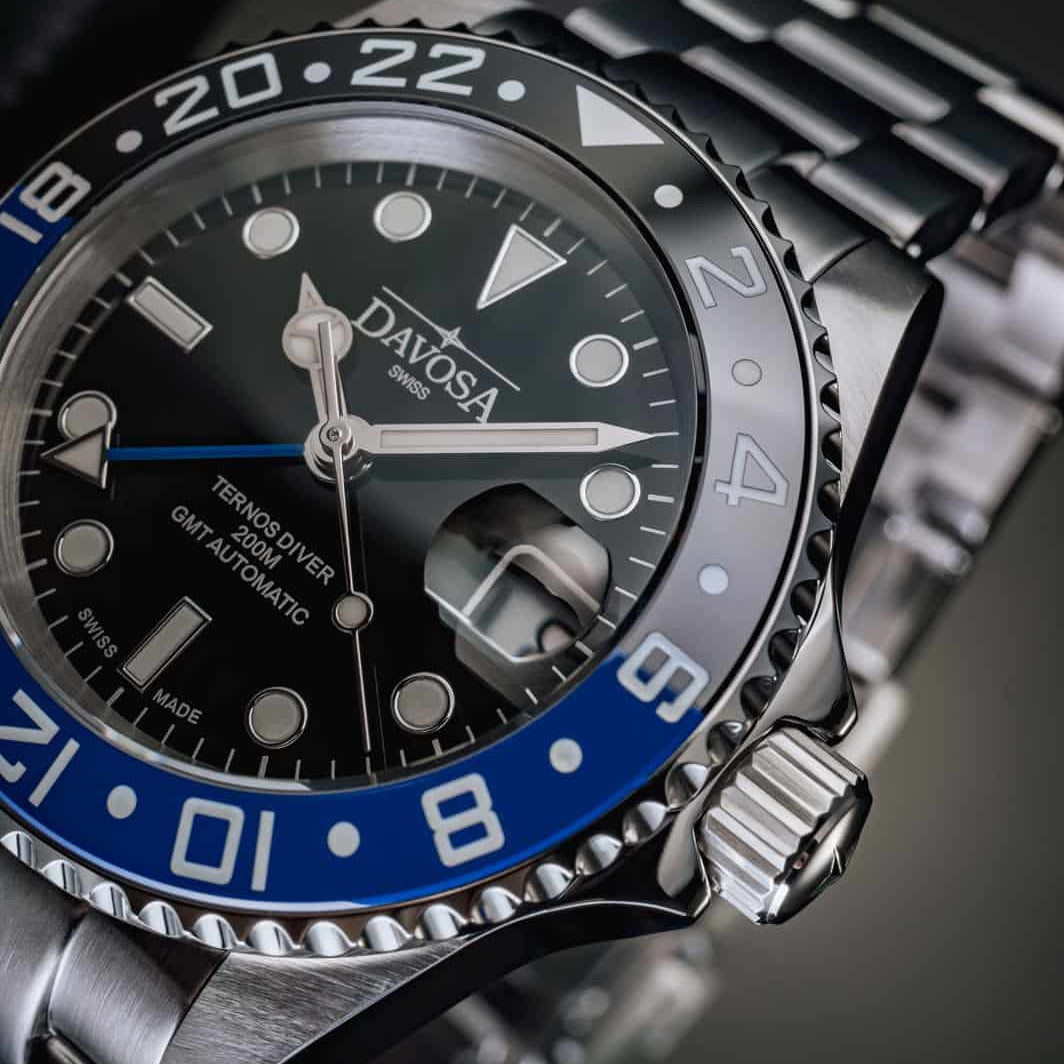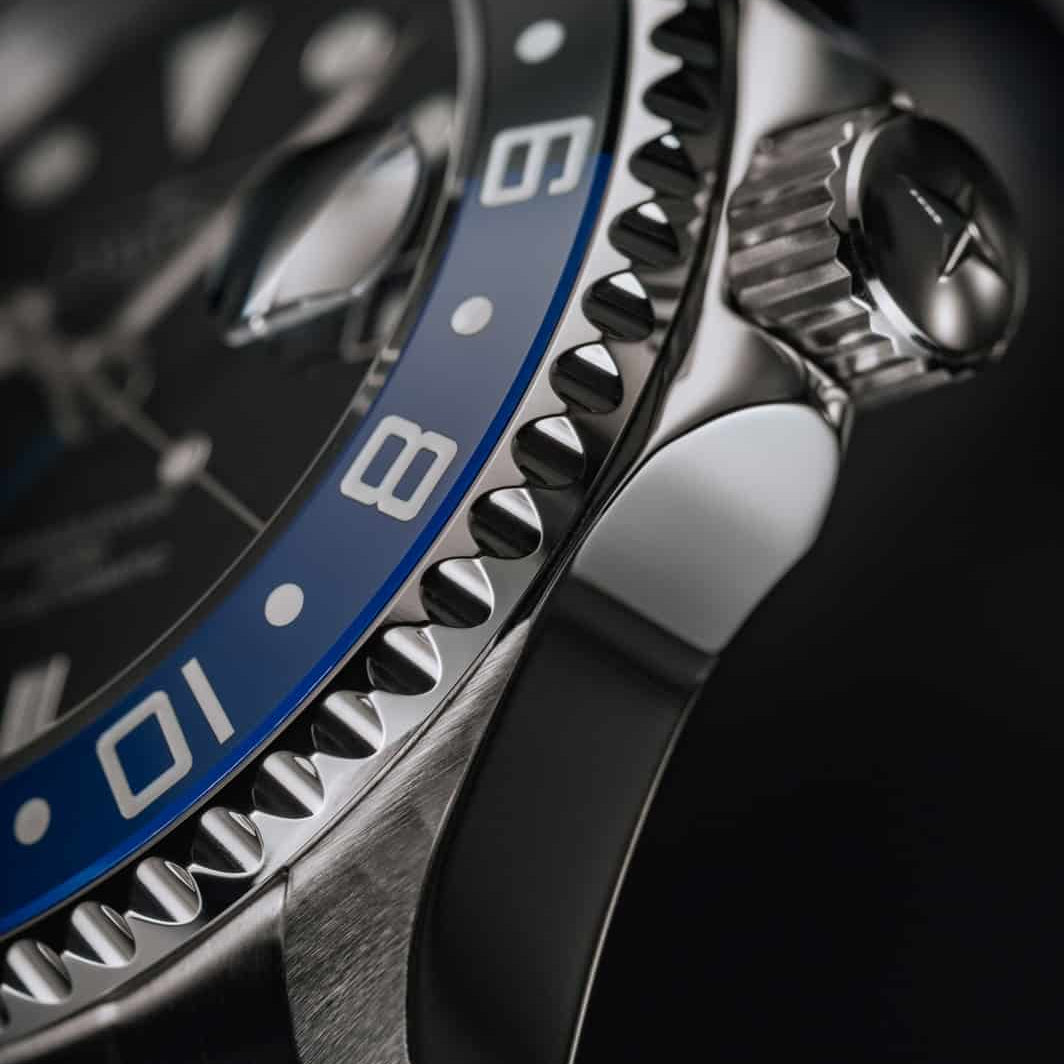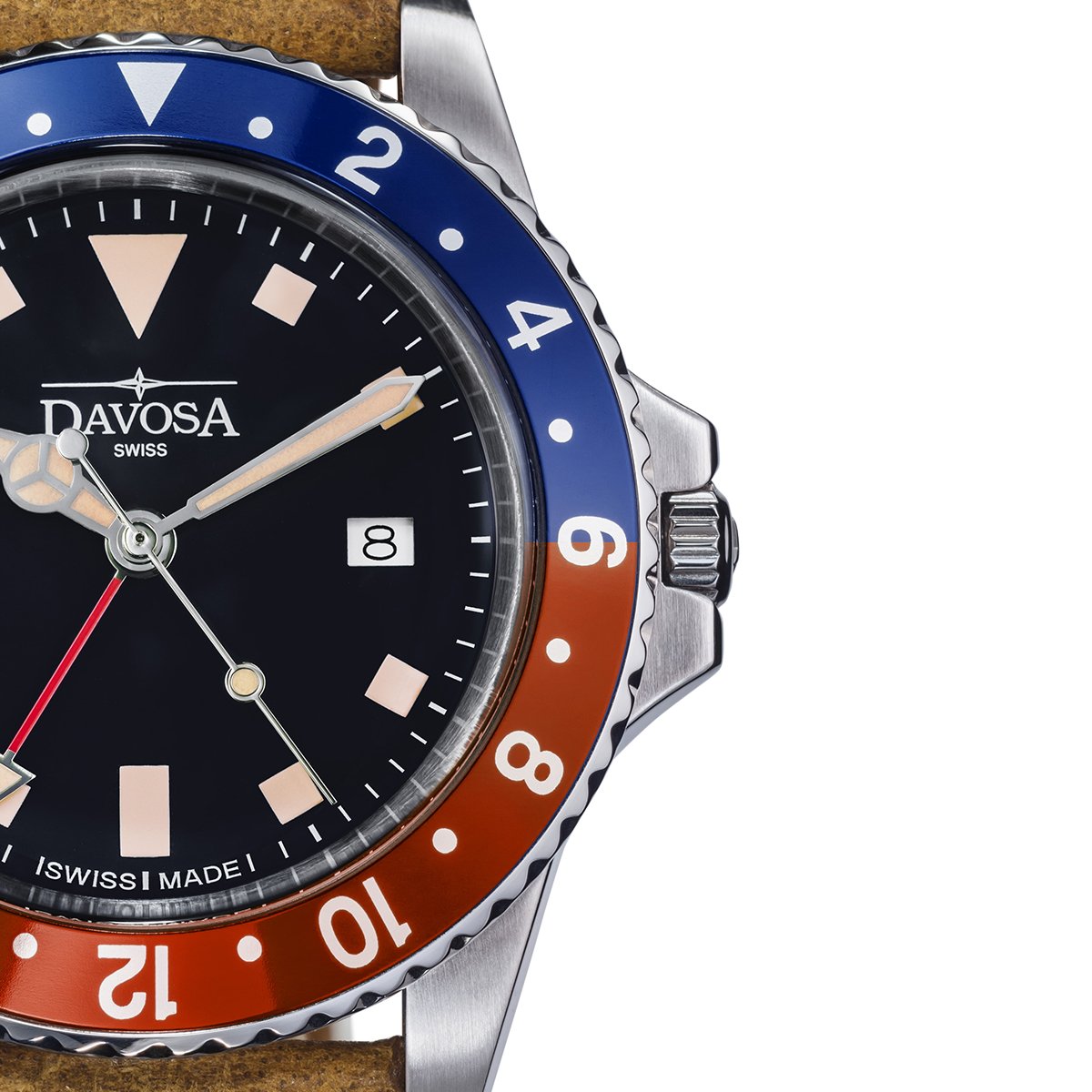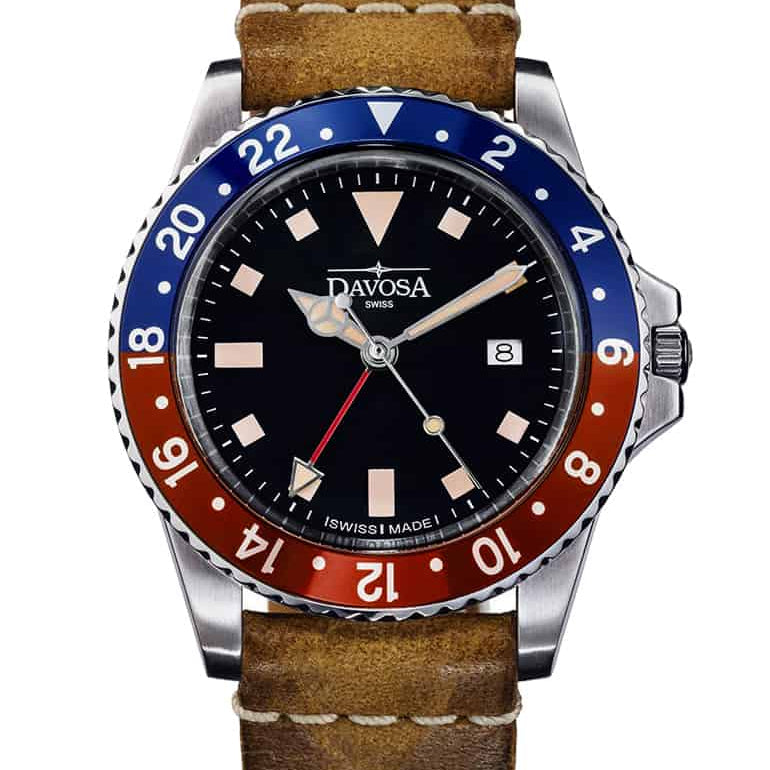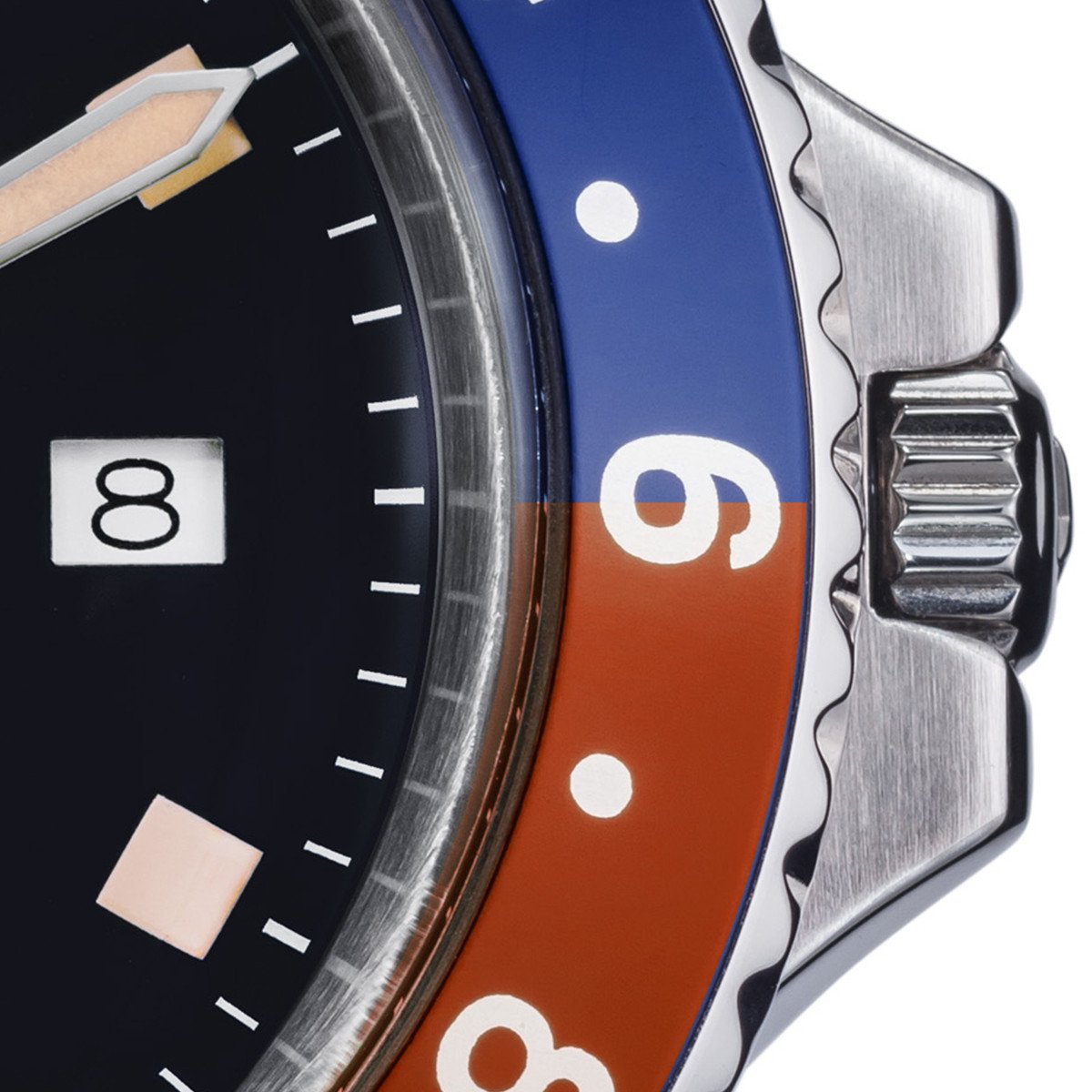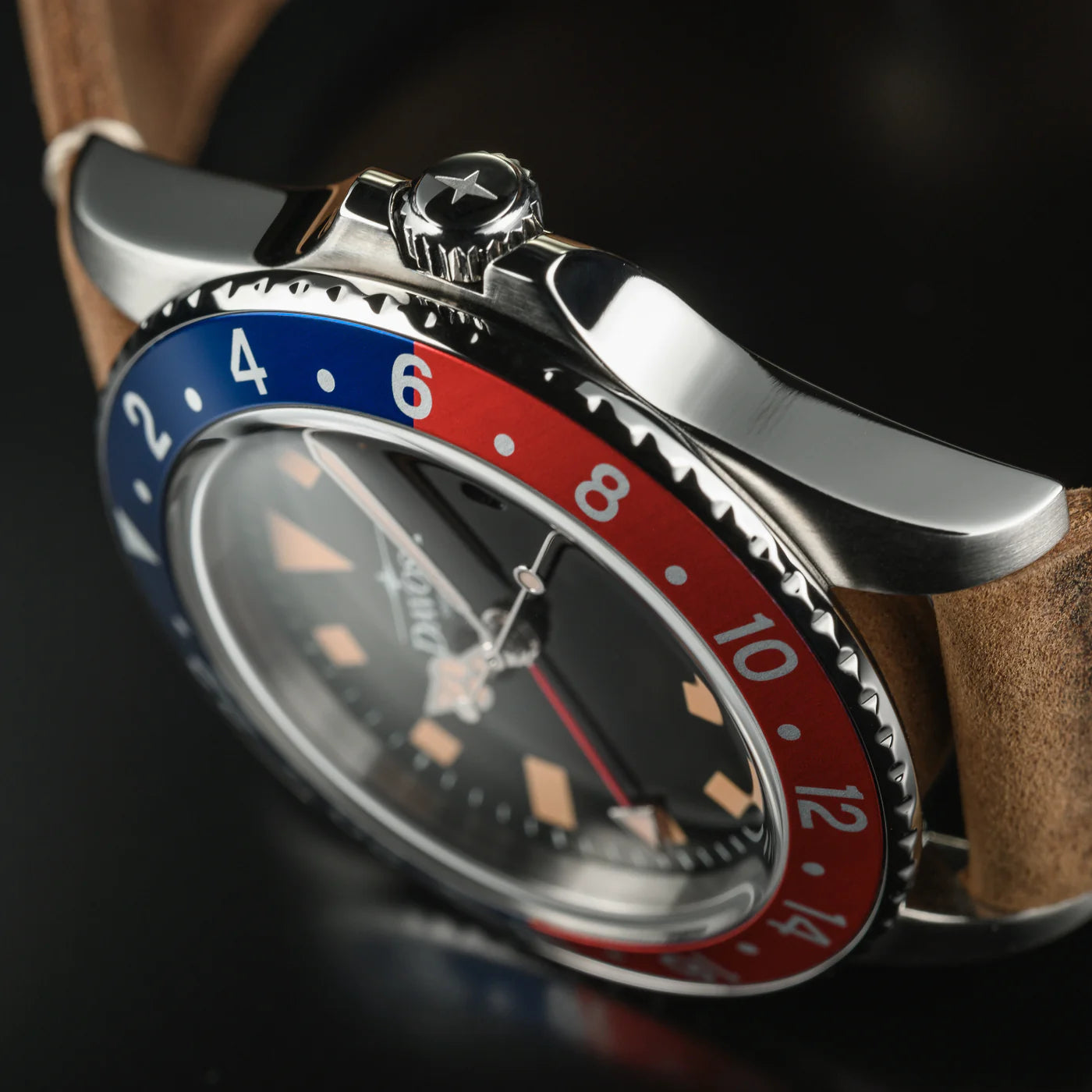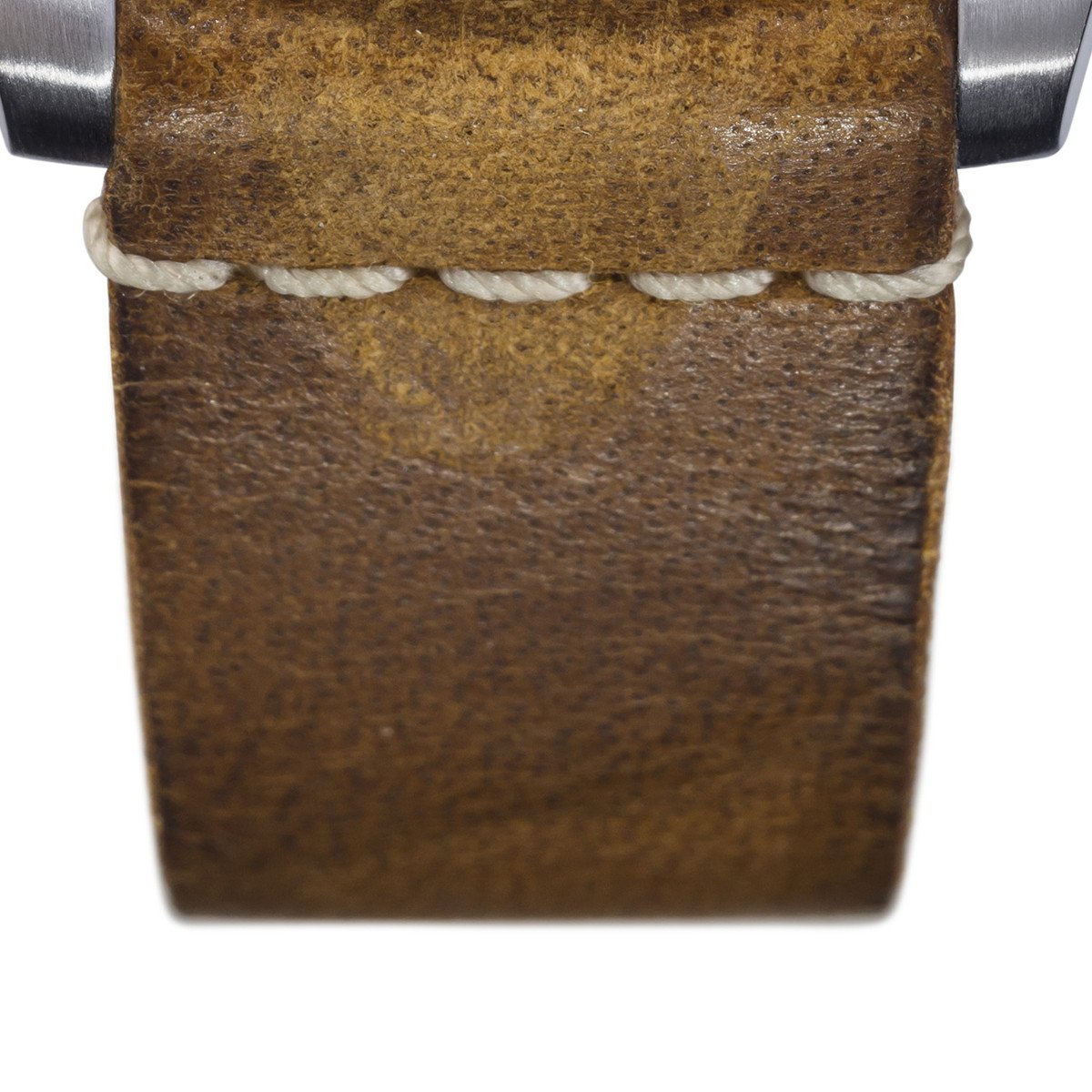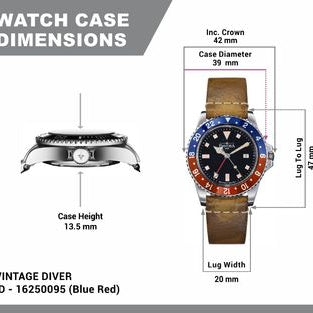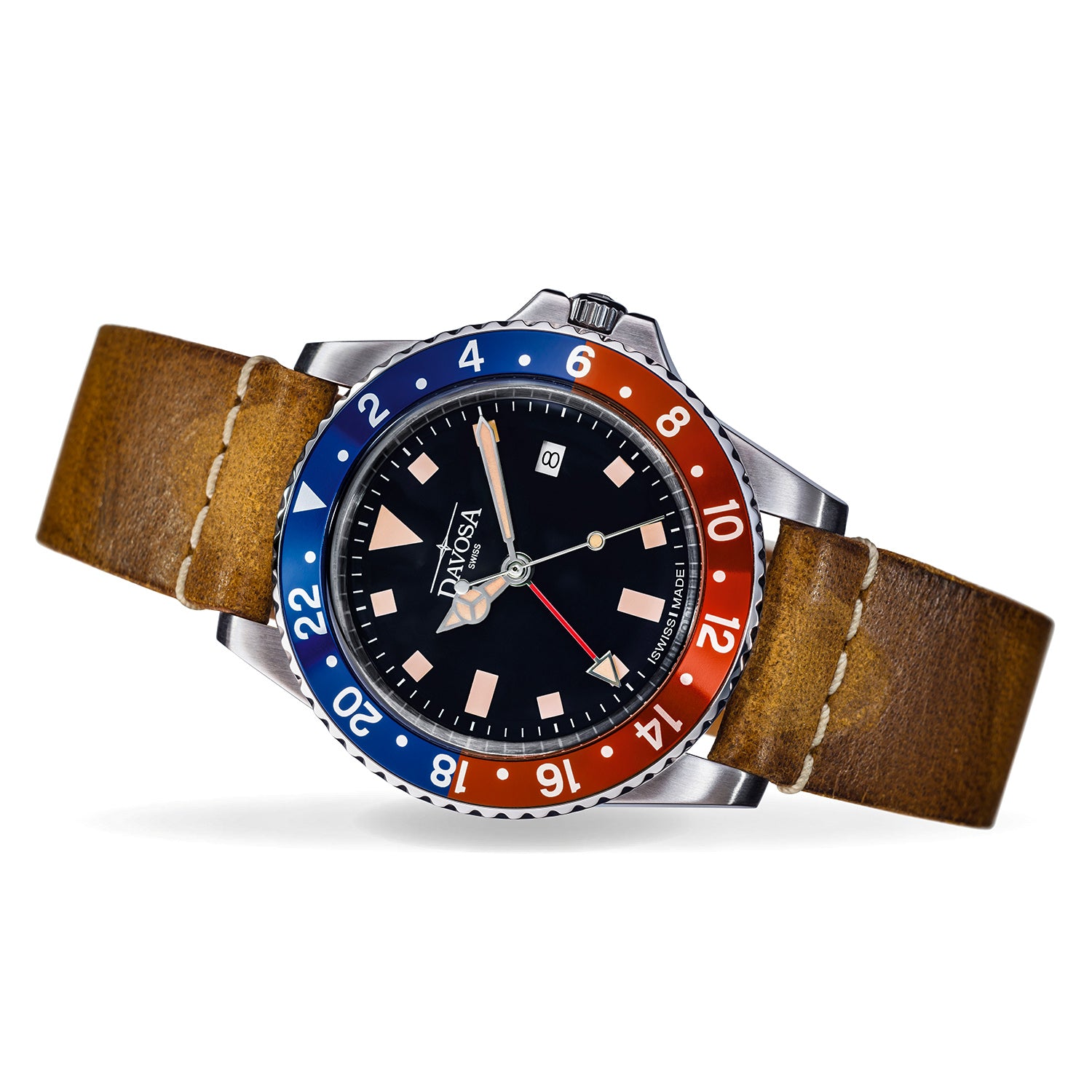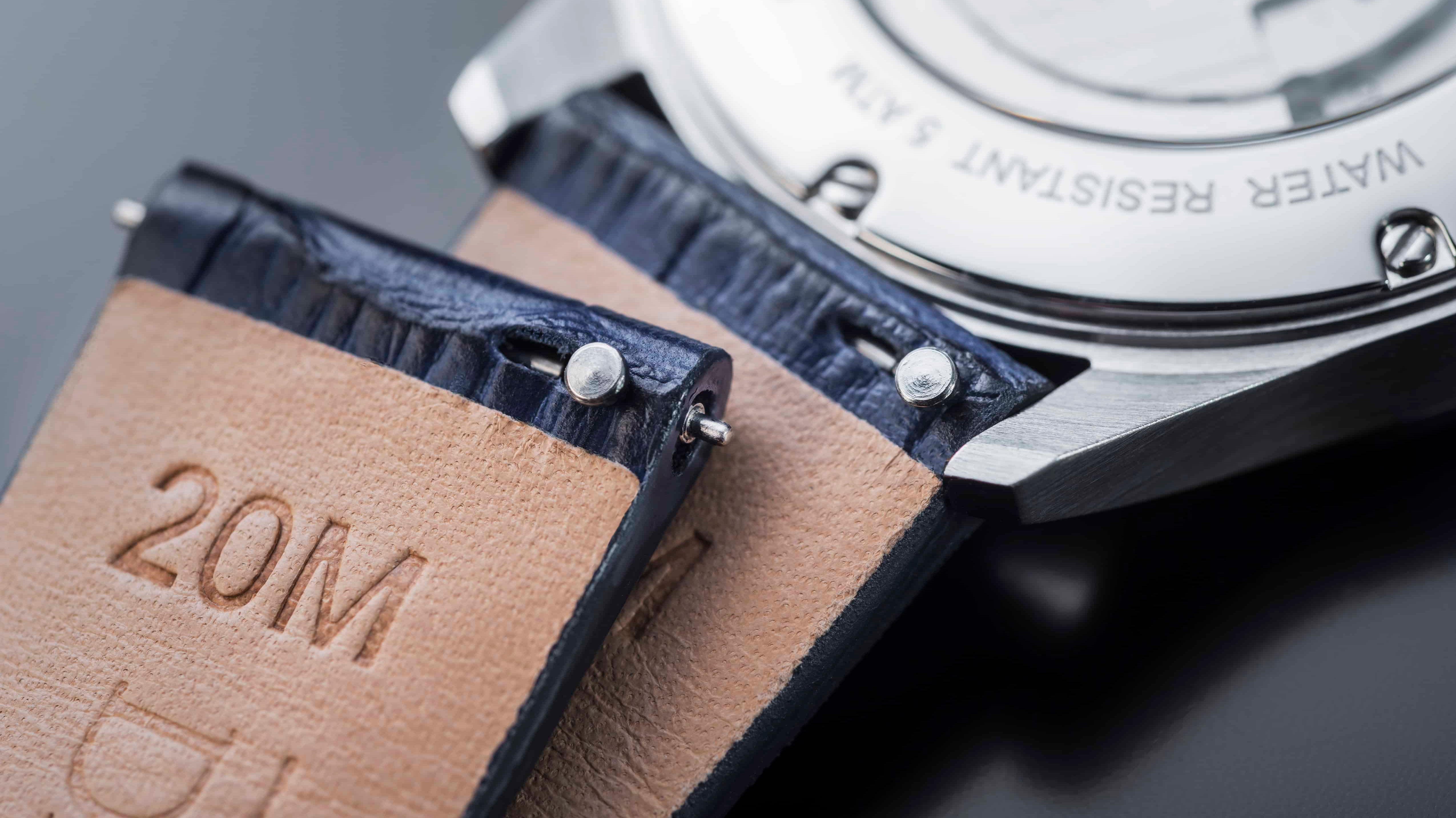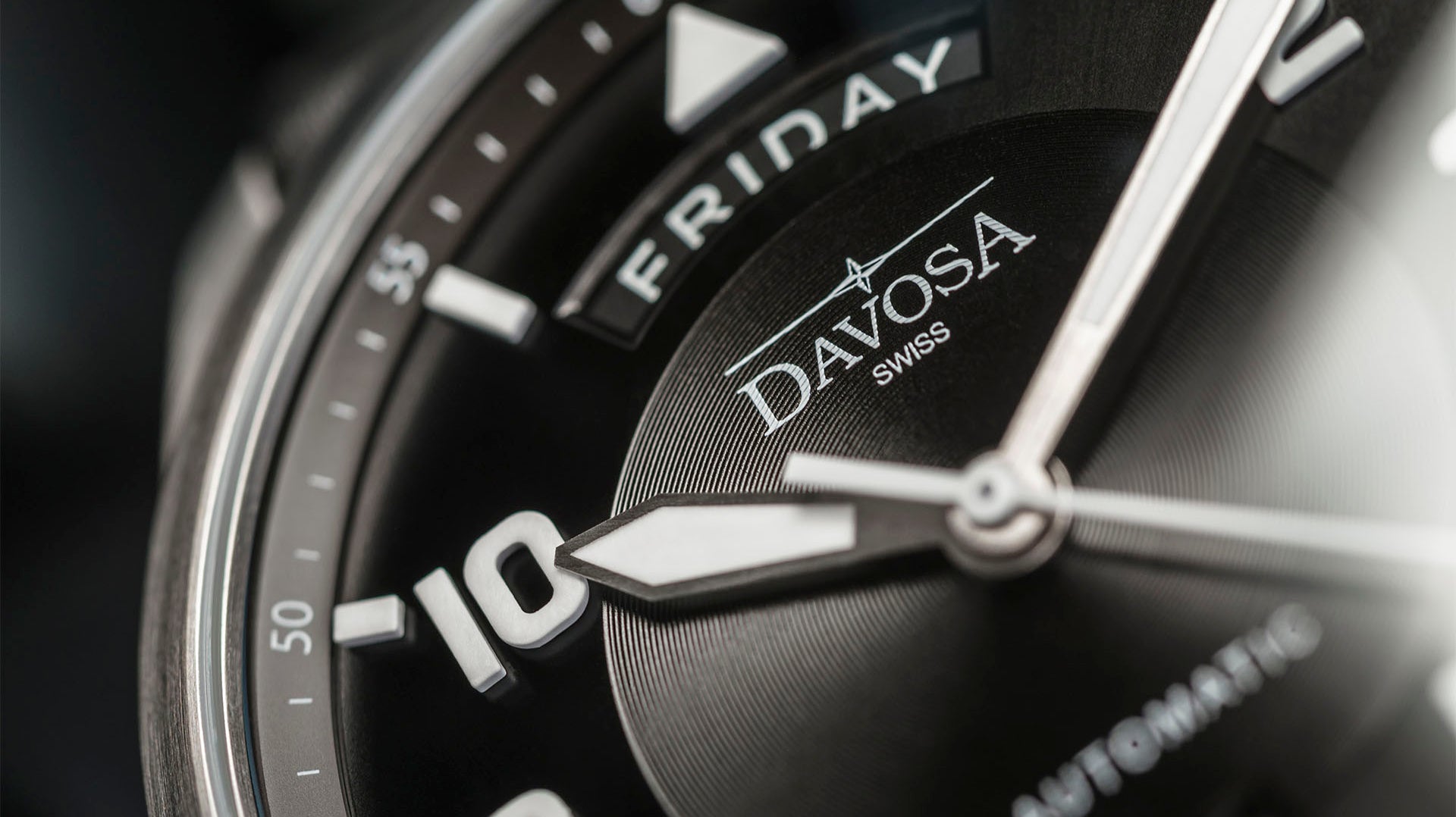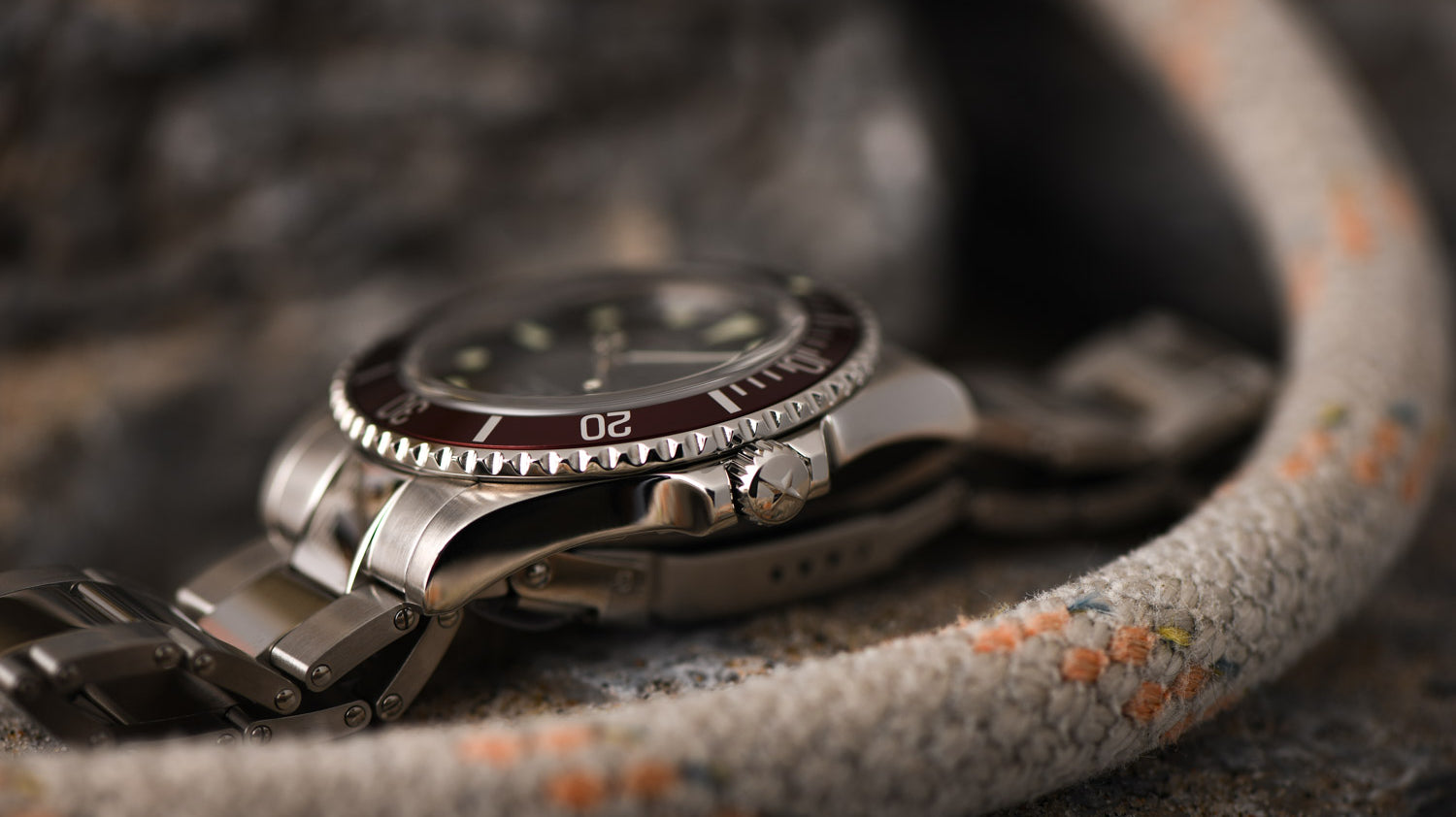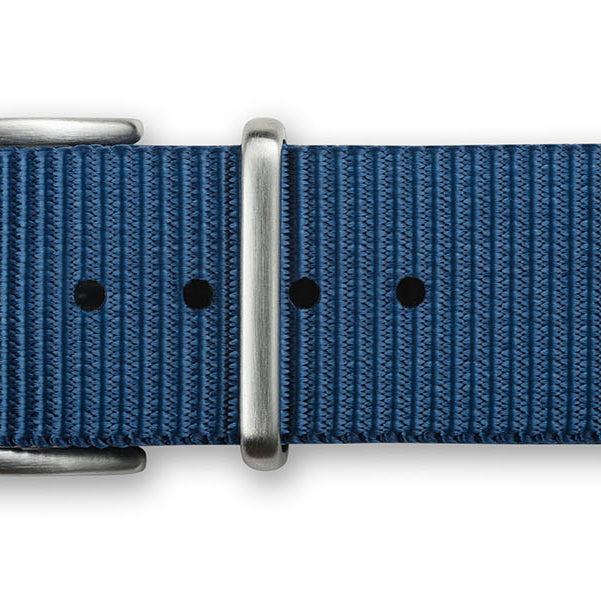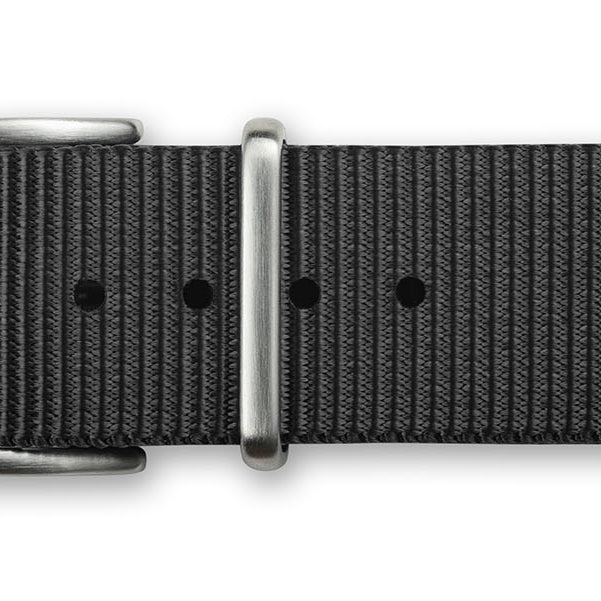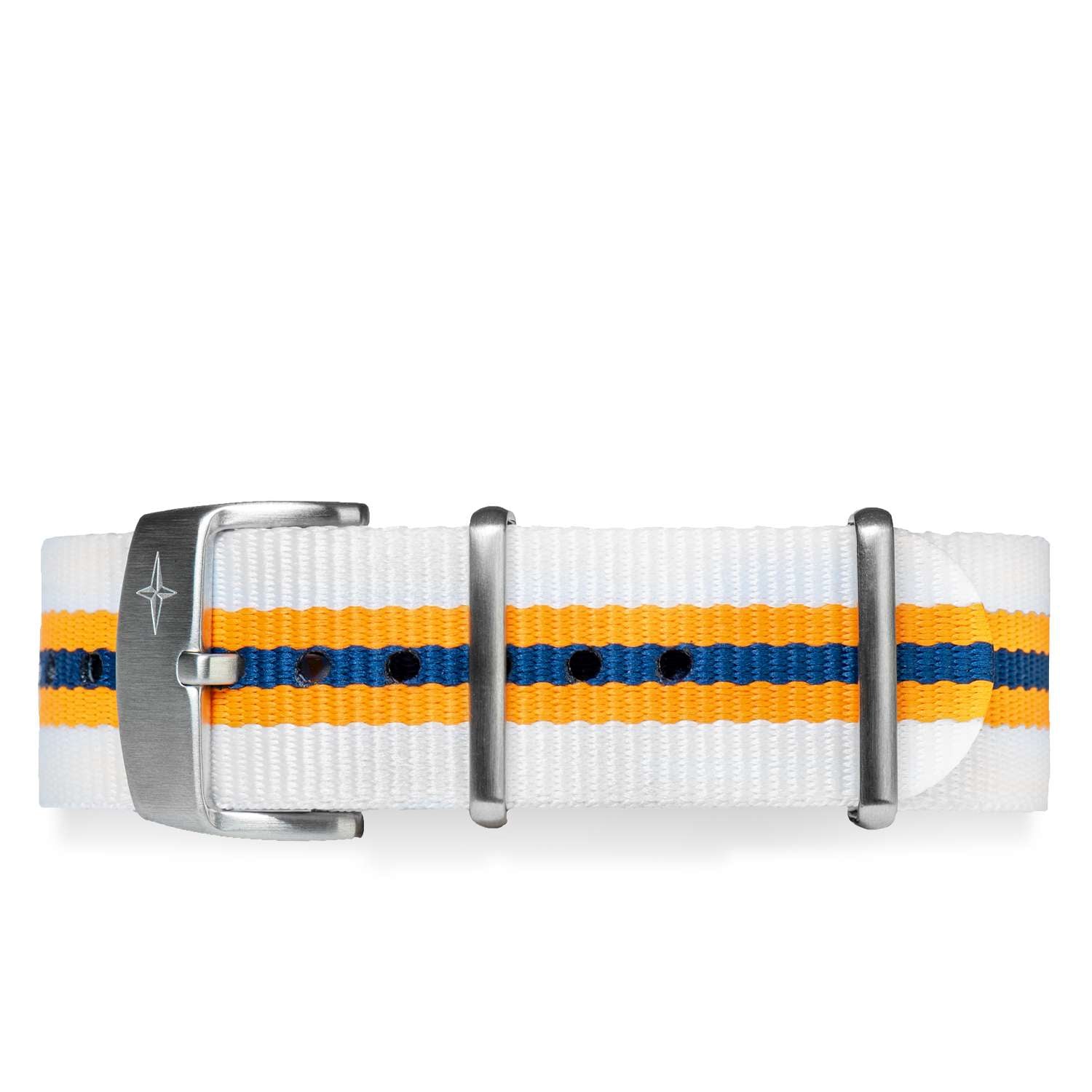Watches is a topic that strangely divides people: with the introduction of the modern smartwatches, the world has separated in two halves, traditional watch-wearers, and prophets of doom, who are preaching that the end of horology – a field that has withstood 500 years of evolution – is near.
We might be a bit partial in our position, but we feel that our analysis is backed by substantial figures that depict a different portrait of the business.
That is, it is a field in relatively good health, all things considered, and showing some excellent perspectives for the future.
How big is the watch industry worldwide?
Despite the recent happenings, like the long tail of the economic crisis and the COVID shock, the market size of the watch industry has managed to withstand the blow reasonably well. Moreover, it also shows some excellent signs of recovery for the following years, especially if we consider the effect of the rising smartwatch expansion.
The last luxury watch industry analysis by Mordor Intelligence tells us that the global watch market (composed of traditional and smartwatches) was valued at USD 61.85 billion in 2020 and will be registering a CAGR of 13% during the forecast period (2021-2025) to reach over 100 Billion USD.
- 2020 61.85 Billion USD
- 2025 117.8 Billion USD
To make a real-world comparison and understand the size of the horology industry, the 2020 stats of the world watch market is equivalent to the GDP of a small but prosperous European country like Luxembourg. So, our question of “how big is the watch industry?” has a definite answer: as big as Luxembourg. And in 2025, it will become twice as big – GDP-wise - that is, Ukraine.
The world watch industry statistics tell us that the field is nowhere near extinction. While the introduction of smartwatches has curbed the sales of low-end watches, it has not affected the market as a whole. Instead, it has bolstered the sales of watches and wrist devices to a large part of the population that was not involved in horology before. It might also represent the first stepping stone in a horological path towards higher-end timepieces.
Is the watch industry growing?
The COVID has hit the industry hard, but the latest industry figures show great dynamism, and suggest that we are optimistic about the future of watchmaking. We still have to acknowledge a few endemic situations, like the high polarization in the movement production sector, which has created an oligopoly situation. But we also can see a steady growth of the watch industry overall, accompanied by the birth of numerous microbrands thanks to crowdfunding initiatives on dedicated portals.
What is more interesting is that we are witnessing a growth of the industry that is truly on a global scale. It is taking place not only in its natural locations where watchmaking has always been important (such as Switzerland and the United States), but the stratup trend has spread to other nations, including Great Britain and Italy, and especially Asian countries such as Singapore, Malaysia and China, with the creation of high quality products - both mechanical and electronic - and refined design.
How are watches segmented?
The industry does not have a standard definition of the segments to which the different timepieces belong, but one of the systems used is to divide watches into four clusters according to their cost to the public. This is the solution adopted by the FH - Federation of the Swiss watch industry, which certainly represents an authoritative source.
There are four segments used in its reports: up to 200 CHF, from 200 to 500 CHF, from 500 to 3,000 CHF, over 3,000 CHF. Although these four categories are too unbalanced, in our opinion, towards the bottom, and therefore not very suitable to illustrate the current situation of the Swiss watch industry, they certainly provide valuable information to understand the trends of the watch industry.
Is the watch market competitive?
The global watch market is highly competitive, and will always be more so. The watch category represents one of the most popular on a portal like Kickstarter. The growth of successful campaigns featuring watches as a theme has grown from 2 in 2011 to over 200 in 2016, with roughly a doubling of players each year, and a campaign success rate that averages just under 50%.
Interestingly, the most active countries on the platform in this field are the US, Canada, Australia and then the UK. But if we consider Europe as a whole, it would rise to the second place. This leads us to affirm that, although the market undergoes a strong polarization towards its two extremes - high-end watches and fashion/smartwatches - there is a strong interest in watchmaking, spread worldwide, which bodes well for the future.
Which country exports the most watches?
There are no definitive stats about this issue, but it is pretty clear that China takes the lead in this field. The majority of companies working in watchmaking, especially in the affordable market, either buy from or have established manufacturing plants in China so to to take advantage of advantageous working conditions and low wages, and have free access to a network of low-priced subcontractors.
However, these Pacific Rim productions – which encompass the majority of electronic watches and devices - rarely go straight to the public. Often, they are imported somewhere else, refinished and repackaged, and finally, re-distributed globally, so tracking the actual production through official online watch business stats is tricky, as they would be counting the same watches at least twice or more. Global companies have also become very skilled at exploiting every loophole of laws and regulations that could profit them and their bottom line.
A notorious issue comes from the current Swiss watch regulation related to the use of the “Swiss-Made” inscription. In short, to use the Swiss Made denomination, a watch must have:
- A movement that is made in Switzerland;
- The movement must be encased in Switzerland and;
- The final inspection of the finished timepiece must be carried out in Switzerland, and:
- The value of the Swiss intervention must account for at least 60 percent of the total value of the watch.
A watch movement is considered Swiss if:
- The movement has been assembled in Switzerland and;
- The movement has been inspected by the manufacturer in Switzerland.
As you can readily imagine, a crafty company might exploit the terms of this regulation quite well to shave costs. So much that a few luxury Swiss Maisons which manufacture everything in Switzerland, like Moser et Cie, have stopped using the “Swiss Made” inscription on their watches as they find the terms of the law too lax.
What are the greatest markets for watches?
As before, this is not a real surprise: the best markets for watches and wearable devices lie in the East. While the US market held quite well even during the pandemics, the actual event was represented by the growth of the Chinese market, which balanced out – and outgrew – the loss of imports by Hong Kong due to its unstable political situation.
If we check the 2020 Swiss watch sales figures published by the Federation of the Swiss Watch Industry, the decreased import activities of Hong Kong have been absorbed in the numbers of Mainland China, which have grown as well: as a result, China today represents the best market for watches worldwide, and Hong Kong still retains the third place, after the USA.
The watch industry statistics assert that Asia in general represents the best export market for Swiss watches, with 54% of exports, followed by Europe with 27%, and the USA with 17% - displaying a sharp increase in performance.
How big is the US watch market?
The U.S. watch market represents an important slice of the global market. The most recent data mark it at $13.62 billion in 2020, with a forecast of growth to $17.80 billion by 2026, considering a strong post-pandemic recovery phase, and above all, important socio-economic factors resulting from an increase in the use of watches by the female audience.
In addition, this number also includes sales of smartwatches and smart devices, which make up an important segment, accounting for 42% of the total in 2020. The polarization of the market, a trend that has been evident in the past few years, leads us to believe that this situation will not change in the future.
How big is the Swiss watch industry?
Although the Swiss watch industry is not the largest, since it has to contend with giants such as the Japanese, Chinese and American industries, it is historically the most representative, especially in the field of quality watches.
The Swiss industry has had moments of great success, and others that have seen it struggling with difficulty, especially during the Seventies with the crisis caused by the introduction of quartz watches. However, it has been able to regain its place among the major world players, even if it is now subjected to fierce competition from many small local industries, which are springing up in different areas of the world.
We can safely assert that, according to data from the Federation of the Swiss watch industry FH, the year 2021 (December results are still missing) saw the industry return to its best-ever 2019 results, with about CHF 20.3 billion in exports - but achieved with about 15% fewer pieces produced. An important indication, suggesting the market's evolution towards true luxury.
How many watches are made in Switzerland?
The estimated production of Rolex hovers around 1 million pieces, while the production of its two prominent followers is half that – 500,000. For comparison, Patek makes approximately 60,000 watches per year.
If we refer to the world watch market in the number of timepieces sold, however, Longines and Tissot take the helm, respectively producing 1,500,000 and 2,400,000 units last year. But the quantity is not the realm where Swiss watches express their best performance anymore. For example, the Fossil group’s average watch price is around $150, and its market revenue in 2020 was approximately $1.6 Billion. This means the production of about 10,000,000 watches.
We should add to this estimate the number of smartwatches shipped, as well: for example, Apple shipped 31 million units of its smartwatches in 2019. This is almost one and a half the entire Swiss watch sales and makes a massive addition to the world watch market.
Which country buys most Swiss watches?
The title, once again, goes to China.
Among all countries, China has experienced a massive growth (+60%), which has mitigated the losses in exports in Hong Kong (-22%), Japan (-12%), and Korea (-22%). However, the “slumbering giant” continues to be India, which still waits to awaken. One of the causes is due to hefty tariffs and taxes that discourage the country's imports of high-end and luxury timepieces from abroad.
As a whole, after archiving the horrible 2020, the data for Swiss watch industry exports show an excellent performance and give to the Swiss watch industry a rosy outlook for the future.
Which watch brands sell the most?
Before discussing the watch market statistics and what brand sells the most, we should examine how the industry has evolved. Up to the Sixties, the dominant Swiss watch industry was composed of a myriad of small specialized manufacturers which relied on each other to create end products: this model was known as “etablissage,” and every company, even the most celebrated manufacturers, depended on it heavily.
However, the so-called Quartz Crisis of the Seventies changed all of this. The Swiss watch industry consolidated, and a large number of companies in Switzerland had to close – the number passed from around 1,600 to 600 as the Swiss watch sales plummeted. Very famous brands ceased operations, and others were bought by bigger groups – like what happened with the SMH Group, now called Swatch group.
Profiting from the situation, other luxury groups (which in the Eighties were cash-loaded) went in to pick the cherries, originating the current, polarized situation of the Swiss watch industry, composed by some large groups, each containing few important brands and a large number of independent companies. Today, apart from Swatch, we have three main luxury groups that own assets in horology: Richemont, LVMH, and Kering (which has just announced selling its horology division).
Of course, we cannot forget that the world watch market is not anymore a Swiss specialty. Most “fashion” watches are made by groups based in the USA, like Fossil, Movado, Timex, and Invicta. Also, by a Spanish group, Festina. And we should consider the giant Japanese electronics and horology groups, like Casio, Seiko, and Citizen. Last, we have to add the “new kids on the block” like Apple.
So, it is relatively difficult to pinpoint which group makes the most sales in a fragmented situation like this, as some of these players have different fields of interest. However, the Mordor watch industry report tells us that the top five players overall in the global watch market are the following:
- Seiko Holdings Corporation
- Citizen Watch Co. Ltd
- The Swatch Group
- Apple Inc.
- Fossil Group Inc.

To examine the single brands, we resort to the thorough watch industry report by Morgan Stanley focusing exclusively on the Swiss brands. And we discover the obvious: the King of the Hill wears a crown. That is Rolex.

The last available data (2020) of the Swiss watch industry statistics tell us that the Rolex brand has a market share of 24.9% with estimated earnings of $4.42 Billion, followed by Omega with a result almost three times less, that is, 8.8% ($1.75 Billion). The bronze medal goes to Cartier, with 6.7% ($1.63 Billion). Finally, at the “place d’honneur,” we find the much more exclusive Patek Philippe, at $1.1 Billion.
How big is the luxury watch market?
The market related to luxury watches is expected to grow exponentially in the coming years, and not just in the new watch category: much of the growth seems to be directed towards the second-wrist category. For example, RealReal's 2021 resale report showed an increase in the average value of watches by consumers by $1,600 more than the previous year.
This upward trend in the market is confirmed by McKinsey: the pre-owned luxury watch market is taking off. In 2018, it was worth $18 billion; by 2025, it is expected to reach $30 billion.
Are luxury watches sales down?
Indeed, every luxury watch industry analysis shows that watch sales worldwide were down in 2020, more or less by 25% due to the effects of the COVID global lockdown - a trend that replicated itself in 2021. But at the same time, the figures tell us that the watch market is getting smaller but more exclusive.
The Federation of the Swiss Watch Industry regularly publishes a watch industry report detailing the state of the art of the Swiss watch industry. While this represents only a partial perspective of the global market, explicitly excluding the Japanese and American groups, we tend to believe that it helps us shed some light on the business in general.

Overall, the market is returning to the pre-COVID stats, that is, the first half of 2019 in terms of value, but the number of watches sold has declined sharply, with 7.0 million units, 3.1 million fewer than in January to June 2019 (-30.4%). This means that the trend towards “luxurization” of watches is in full swing, and while we might experience a decrease in numbers, we are assisting to an equivalent increase in value per unit. We see that the leading group in Swiss watch production, which accounts for 70% of the Swiss watch sales in value, is represented by timepieces priced over $8,000 but makes only 10% of the total numbers.
It is not a surprise that in this context, a company like Patek Philippe has decided to drop the production of possibly its most famous reference, the Nautilus 5711 in stainless steel, replacing it with a new model, the 6711, which will be available only in white gold and platinum. Steel is on its way out, it seems, as luxury watches become more luxurious and expensive.
The low and mid-end of the world watch market will be overrun by smartwatches, which are expected to continue their meteoric growth in the following years. The Allied Market Research watch industry report tells us that the global smartwatch market was valued at $20.64 billion in 2019 – a third of the global watch market - and is expected to reach $96.31 billion by 2027, with a CAGR of 19.6%.
Indeed, there will be fewer traditional watches in the world watch market of the future, but more watches overall. And its total economic value will go up.
Which country exports the most watches?
There are no definitive stats about this issue, but it is pretty clear that China takes the lead in this field. The majority of companies working in watchmaking, especially in the affordable market, either buy from or have established manufacturing plants in China so to to take advantage of advantageous working conditions and low wages, and have free access to a network of low-priced subcontractors.

However, these Pacific Rim productions – which encompass the majority of electronic watches and devices - rarely go straight to the public. Often, they are imported somewhere else, refinished and repackaged, and finally, re-distributed globally, so tracking the actual production through official online watch business stats is tricky, as they would be counting the same watches at least twice or more. Global companies have also become very skilled at exploiting every loophole of laws and regulations that could profit them and their bottom line.
A notorious case comes from the current Swiss watch regulation related to the use of the “Swiss-Made” inscription. In short, to use the Swiss Made denomination, a watch must have:
- A movement that is made in Switzerland;
- The movement must be encased in Switzerland and;
- The final inspection of the finished timepiece must be carried out in Switzerland.
A watch movement is considered Swiss if:
- The movement has been assembled in Switzerland and;
- The movement has been inspected by the manufacturer in Switzerland and;
- The components of Swiss manufacture account for at least 60 percent of the total value without taking into account the cost of assembly.
As you can readily imagine, a crafty company might exploit the terms of this regulation quite well to shave costs. So much that a few luxury Swiss Maisons which manufacture everything in Switzerland, like Moser et Cie, have stopped using the “Swiss Made” inscription on their watches as they find the terms of the law too lax.
What are the greatest markets for watches?
As before, this is not a real surprise: the best markets for watches and wearable devices lie in the East. While the US market held quite well even during the pandemics, the actual event was represented by the growth of the Chinese market, which balanced out – and outgrew – the loss of imports by Hong Kong due to its unstable political situation.

If we check the 2020 Swiss watch sales figures published by the Federation of the Swiss Watch Industry, the decreased import activities of Hong Kong have been absorbed in the numbers of Mainland China, which have grown as well: as a result, China today represents the best market for watches worldwide, and Hong Kong still retains the third place, after the USA.
The watch industry statistics assert that Asia in general represents the best export market for Swiss watches, with 54% of exports, followed by Europe with 27%, and the USA with 17% - displaying a sharp increase in performance.
Which country buys most Swiss watches?
The title, once again, goes to China.
Among all countries, China has experienced a massive growth (+60%), which has mitigated the losses in exports in Hong Kong (-22%), Japan (-12%), and Korea (-22%). However, the “slumbering giant” continues to be India, which still waits to awaken. One of the causes is due to hefty tariffs and taxes that discourage the country's imports of high-end and luxury timepieces from abroad.

As a whole, after archiving the horrible 2020, the data for Swiss watch industry exports in the first six months of 2021 have bounced back to the data relative to the same period in 2019 – which looks like excellent performance and gives to the Swiss watch industry a rosy outlook for the future.
The global trends of the industry
While it is possible, by combining the available watch industry statistics, to calculate the state of the industry and its trends, it is much more challenging to understand where the single brands are more potent, as these data are among the most closely guarded secrets of the business. So, it is next to impossible to tell which country buys the most Rolex in the world, even if we can we can assume that this data reflects the worldwide distribution of luxury watches.
No global company wants its competitors to know where it is stronger and where it is weaker, and while you might make an educated assessment, considering the dimension of the network of official retailers, the transformation of the global retail business, and the introduction of the digital sales channel has rendered this evaluation much more difficult, if not plainly impossible.
However, we can derive some conclusions from the available historical watch market statistics and best-in-class performance.

From all accounts, the luxury watch industry analysis by Morgan Stanley confirms that the best performance registered in 2020 is from the Rolex group, with a 26.8% market share – bigger than the whole 25.2% share held by the Swatch group with all of its multiple brands. In third place, we count the Richemont group, with 18.2%. The fourth place is held by the LVMH group, with 7.1%, and then two historical independents, Patek Philippe, with 5.8%, and Audemars Piguet with 4.3%.
All of these companies have followed the same recipe used by Rolex, which is clearly leading the way: a progressive “premiumization” of the products, as the entry-level and the mid-level niches are becoming more and more challenging due to the competition of high-end smartwatches.
Historical watch market statistics decidedly demonstrate that companies focused on the entry-level market are losing their momentum, not only in Switzerland – a place where manufacturing is much more costly than almost everywhere else in the world. It happens for the manufacturers of fashion watches as well.
A typical example comes from the Fossil group. The American manufacturer is still one of the largest watchmaking groups worldwide and has registered a sharp drop in sales from 2014 to now. In 2019 – that is, pre-COVID crisis - it reported global sales of 2.21 billion USD. In 2014, its sales amounted to 3.5 billion USD. Today, it is quickly building an offering of smartwatches throughout its brand range to counter the effects of digitalization – still, industry experts are eagerly awaiting its next moves of cost-cutting and reorganization to bring the group in the black again.

Of course, there is much more to this evolution than just the change of perspective in watches: other mega-trends of the modern world, such as the reliance on more eco-conscious business models, are emerging. The fast-fashion model, which is intimately linked with the phenomenon of fashion watches, is losing its ground, preparing the terrain for a future where we will buy fewer objects, but of a higher quality and which will have a greater staying power - not to be used and forgotten anymore and represent an environmental and recycling issue.
If this premise holds true, there is much hope for a rosy future for “classic” watchmaking, be it in Switzerland or otherwhere, as watches will more and more become what they already are: objects of distinction and beauty which characterize their wearers for their aesthetic qualities more than by their functions.
References:
Leading watch exporting countries worldwide by number of units 2020 | Statista
https://www.statista.com/statistics/288265/leading-watch-exporting-countries-based-on-number-of-units/
FH - Watch industry statistics
https://www.fhs.swiss/eng/statistics.html
GDP by Country – Worldometer
https://www.worldometers.info/gdp/gdp-by-country/
Allied Market Research Smartwatch Market Size, Share & Industry Growth | Analysis – 2027
https://www.alliedmarketresearch.com/smartwatch-market
Smartwatch Market Share, Growth &Trends | Industry Report 2021 to 2026 With COVID Impact- Mordor Intelligence
https://www.mordorintelligence.com/industry-reports/smartwatch-market
Fossil Group: net sales worldwide 2019 | Statista
https://www.statista.com/statistics/912814/fossil-group-net-sales-worldwide/
Watch Market – Growth | Trends | Forecasts (2021 - 2026)
https://www.mordorintelligence.com/industry-reports/watch-market
Monochrome watches – Morgan Stanley Swiss Watch Brands Report
https://monochrome-watches.com/top-50-swiss-watch-brands-2020-market-share-sales-editorial/
The Davosa-USA.com website is NOT affiliated in any way with Audemars Piguet, Franck Muller USA, Inc. Richard Mille or Richemont Companies, Seiko, or any other brand which is not Davosa Swiss. Rolex is a registered trademark of Rolex USA. Davosa-USA website is not an authorized dealer, reseller, or distributor for Rolex and is in NO WAY affiliated with Rolex SA or Rolex USA or any other brand besides Davosa Swiss. |


